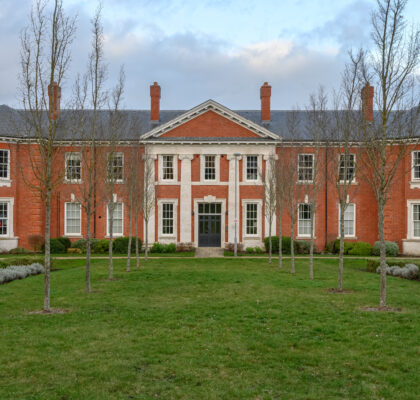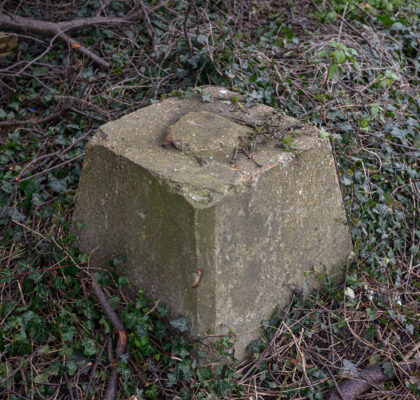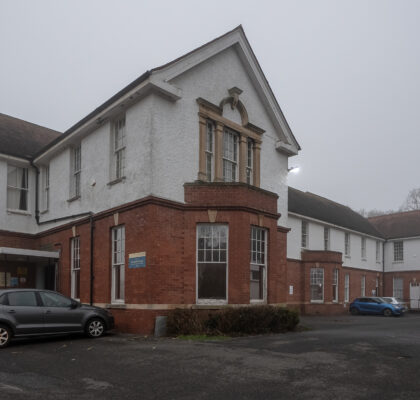In 2023 we set off on a road trip through Wales, with the aim of documenting the country’s former lunatic asylums. These institutions were commonly built towards the end of the 19th, and early 20th centuries, for councils to look after the mentally ill. Today most of the sites lie either ruined or boarded up with just a few still in use almost a century after they were built.
North Wales Asylum, Denbigh
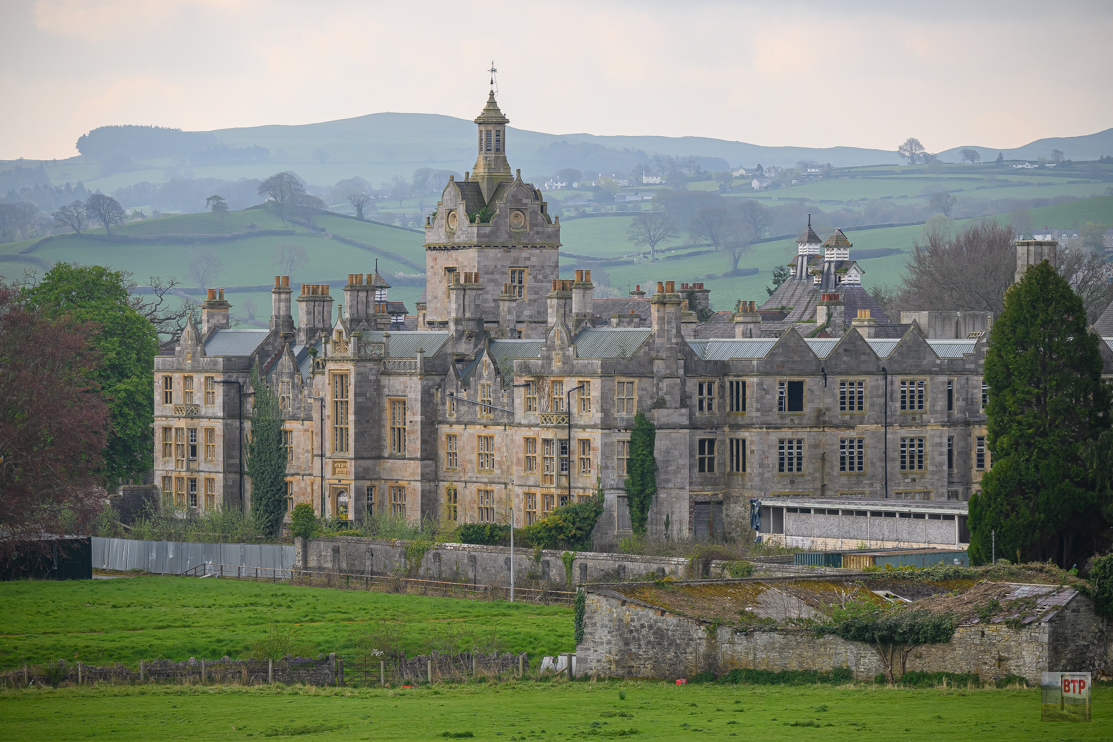
Denbigh Asylum began life during construction from 1844 to 1848; quite early of the county asylums, opening off the back of the County Asylums Act of 1808 which began provision for county-run asylums, and the Lunacy Act of 1845 which sought to shift the mentally ill from essentially prisoners to patients and provide them with better facilities.
Denbigh was built in the typical corridor plan of the earlier asylums and was designed to accommodate 200 patients when it opened although this soared to around 1,500 patients at its height. Denbigh finally closed in 1995 however little was done to protect it from vandals and the council compulsorily purchased it in 2018 with the aim of converting the building however minimal work has taken place.
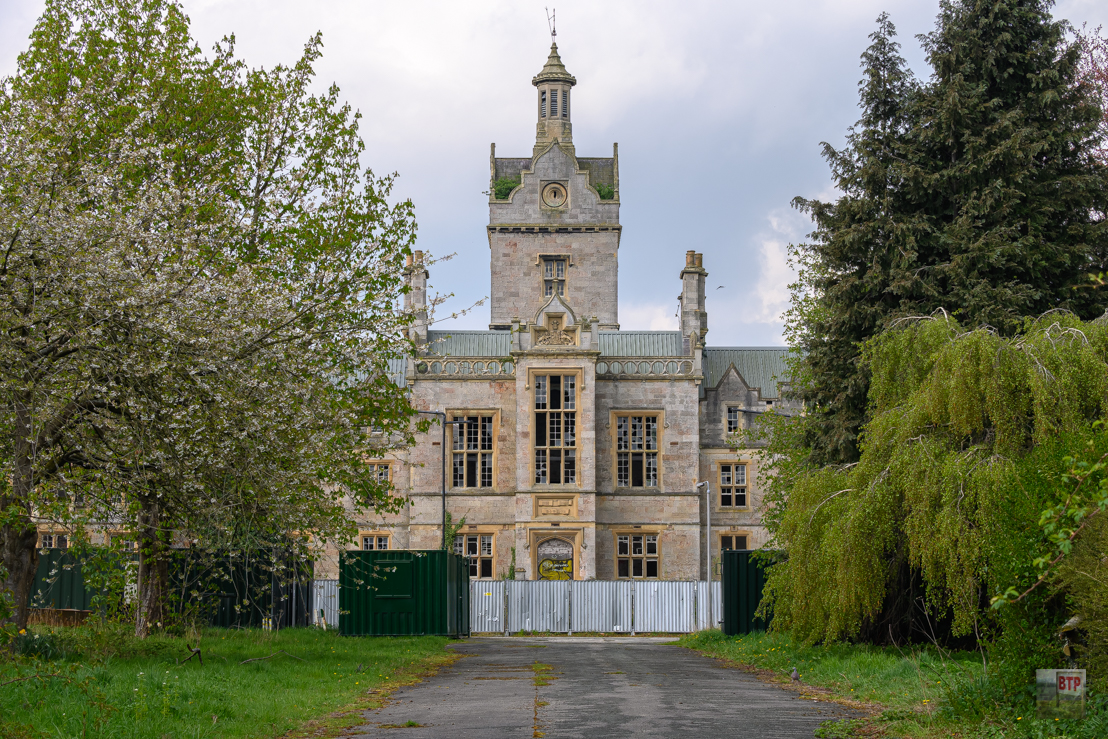
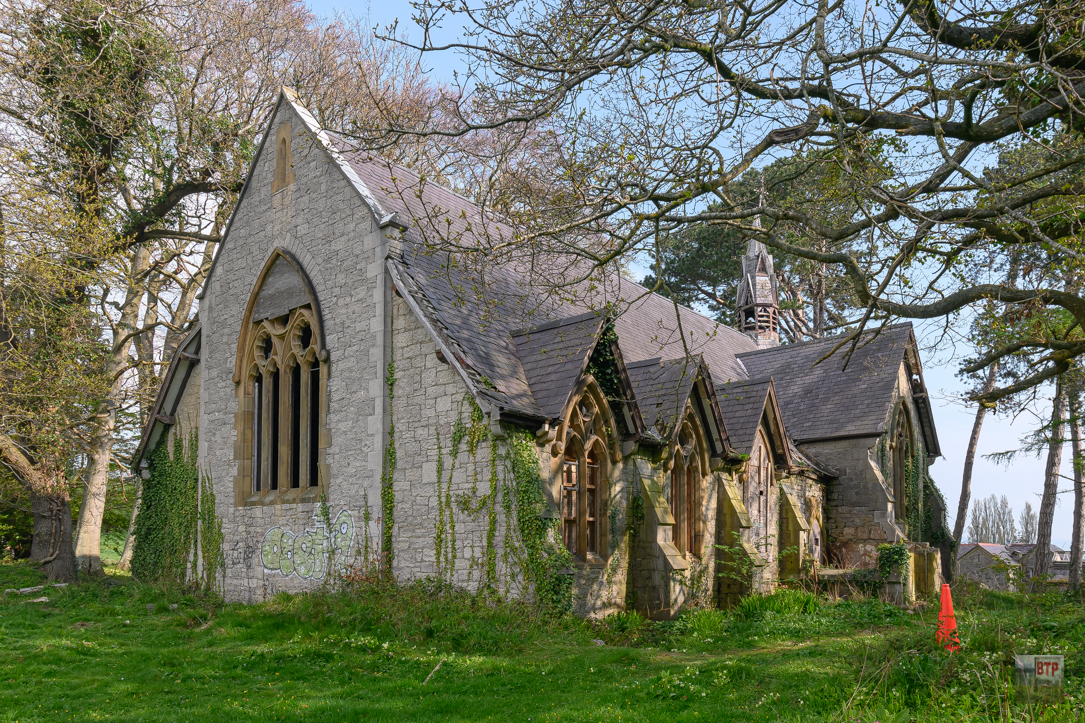
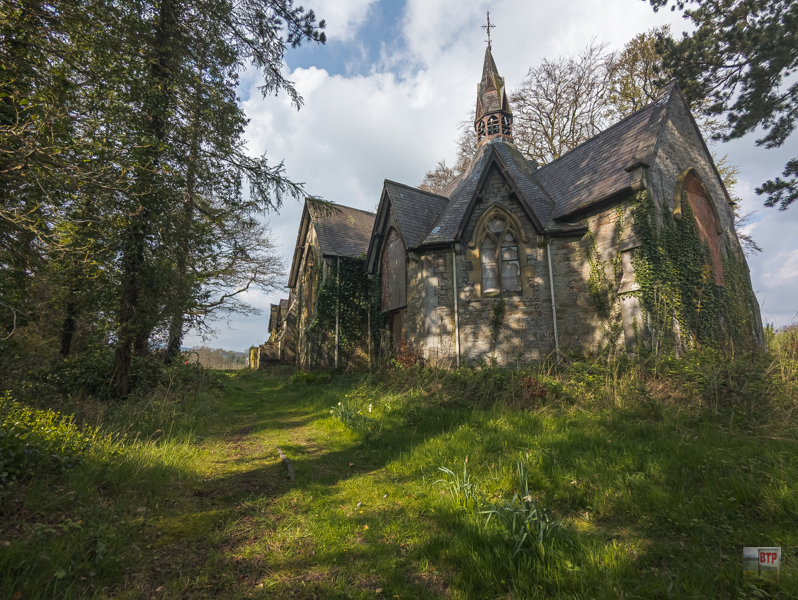
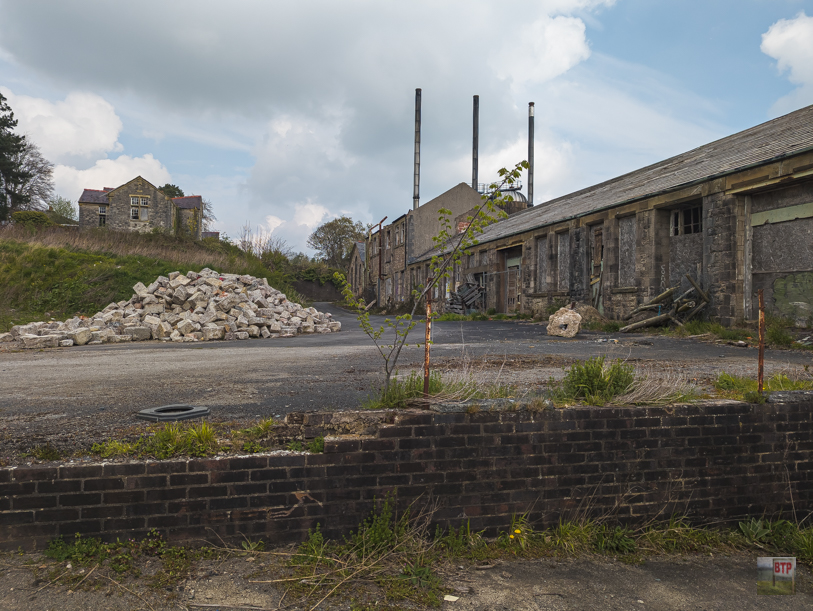
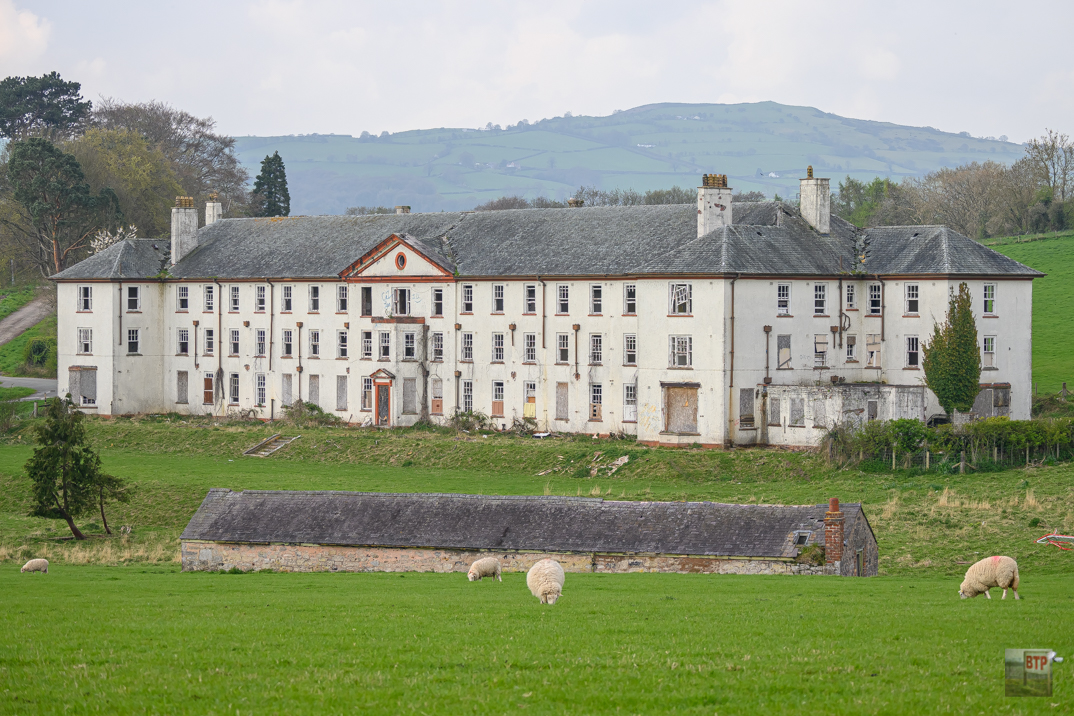

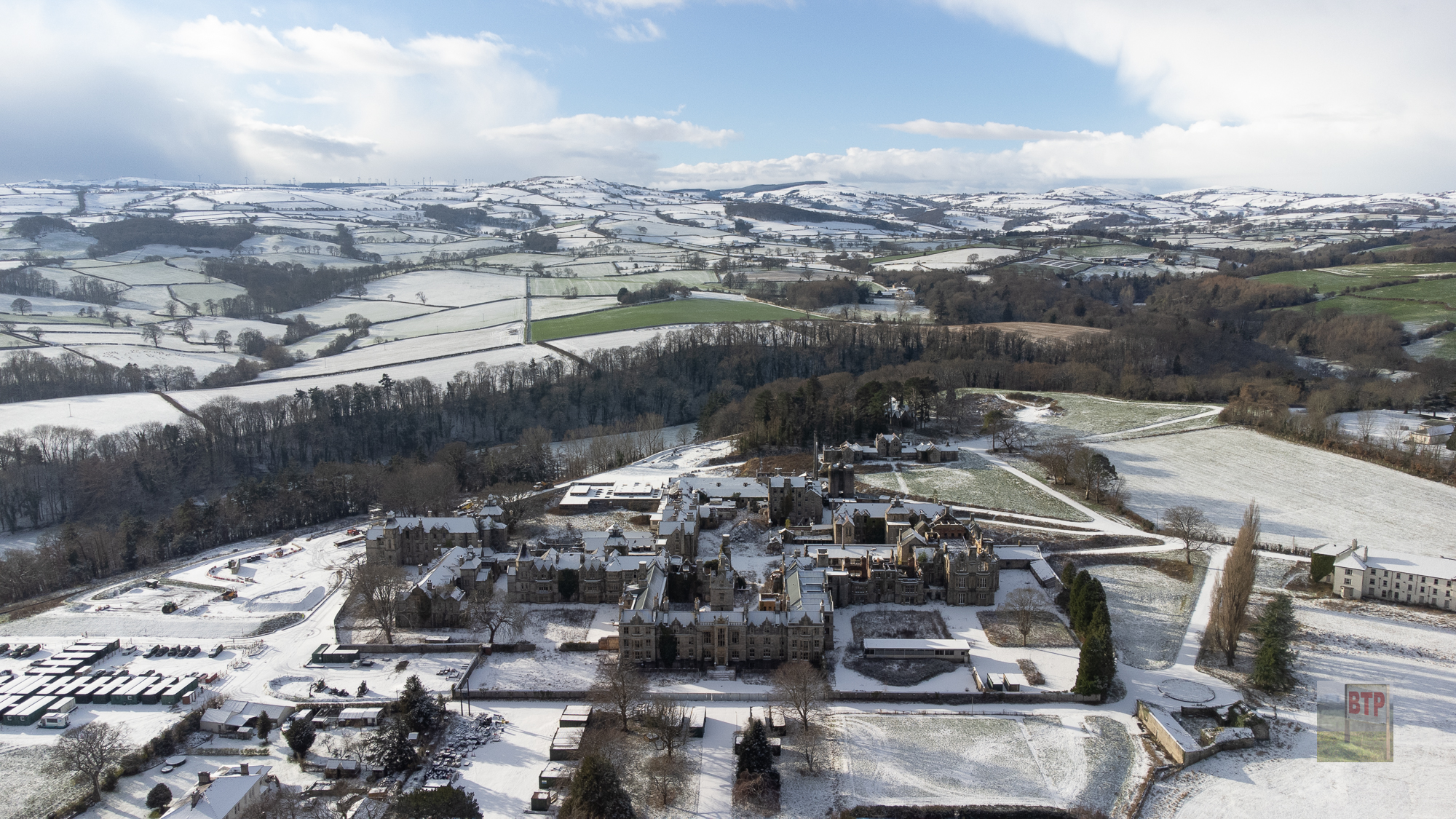
Mid Wales Hospital, Talgarth
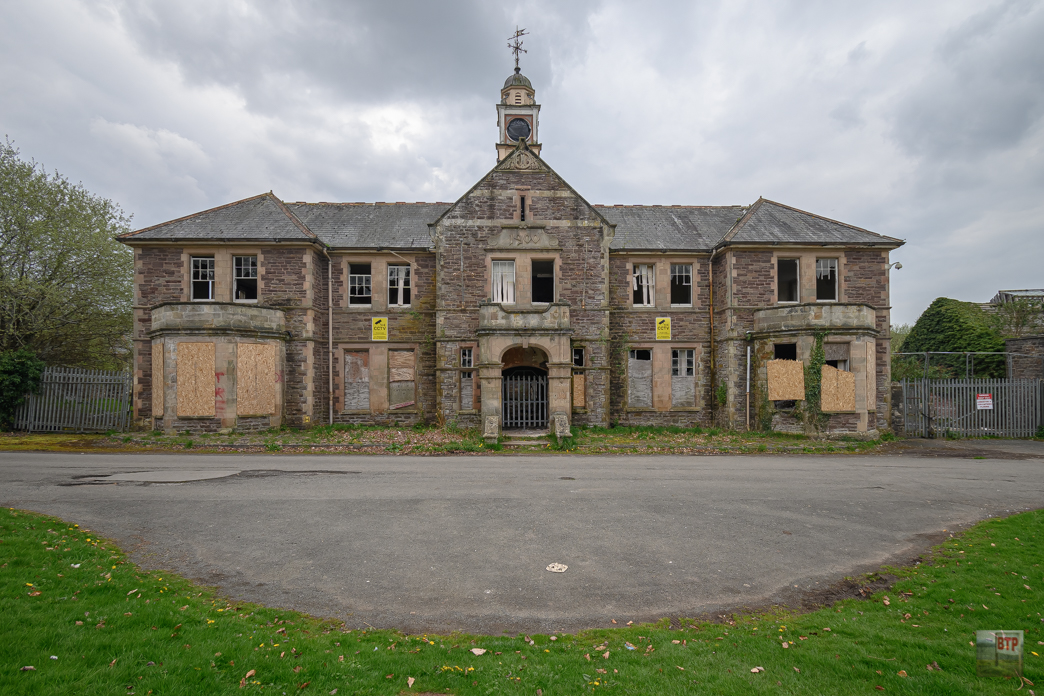
Mid Wales Hospital was designed by Messrs Giles, Gough and Trollope of London and opened on 18th March 1903 as the Brecon and Radnor Joint Counties Lunatic Asylum. It was planned around the compact arrow layout with the hall, kitchens and laundry departments in the middle of the site with the wards spanning from the surrounding corridors.
Numerous extensions took place over the following decades and in 1925 the word ‘asylum’ was dropped as it was renamed the “Mid-Wales Counties Mental Hospital”. Around 455 patients were at Talgarth at this time, with some patients working on the hospital farm.
After the First World War, patients from Montgomeryshire were also admitted, and they were originally outside of the catchment area. Similarly, during the second World War the hospital also took in both male and female patients from Cardiff City Mental Hospital whilst it was used as a war hospital.
The NHS took over the site when it was founded in 1948 and brought in various changes such as mixing male and female patients for the first time. By the 1990’s patient numbers has dropped to around 140 and like many other institutions from this era, closure was imminent and the Mid Wales Hospital closed its doors in 1999 and the site was subsequently sold – to the former Chief Medical Officer for just £227,000. Various people have owned the site since however little has been done to repurpose or protect it. Most of the slate roof tiles have been removed and sold, for an estimated £1 million, which has accelerated the delay of this site.
You can see more photos here: https://beyondthepoint.co.uk/mid-wales-hospital-talgarth-asylum/
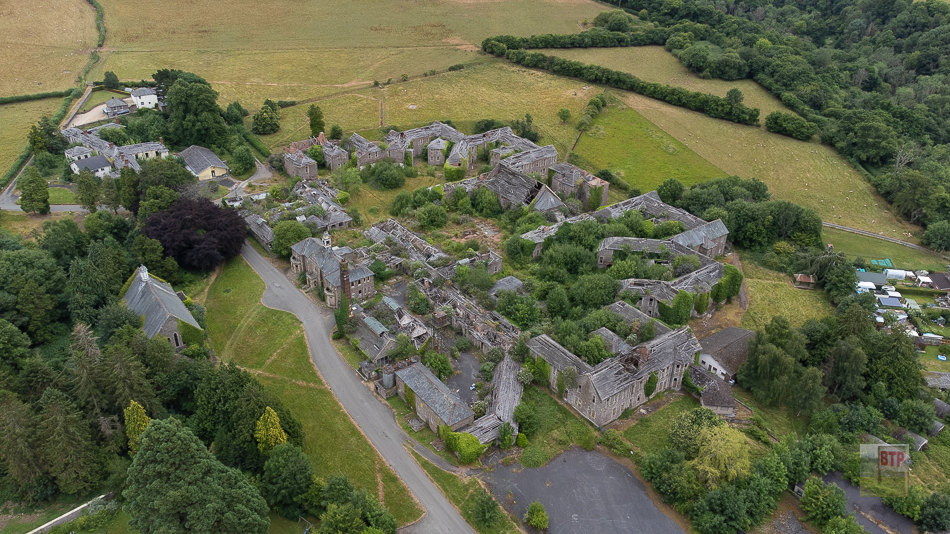
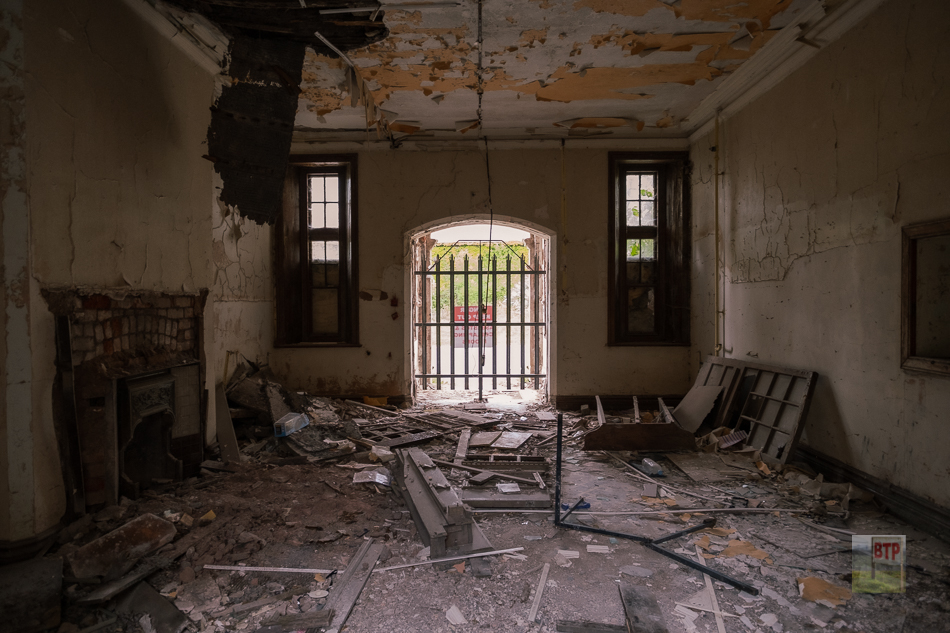
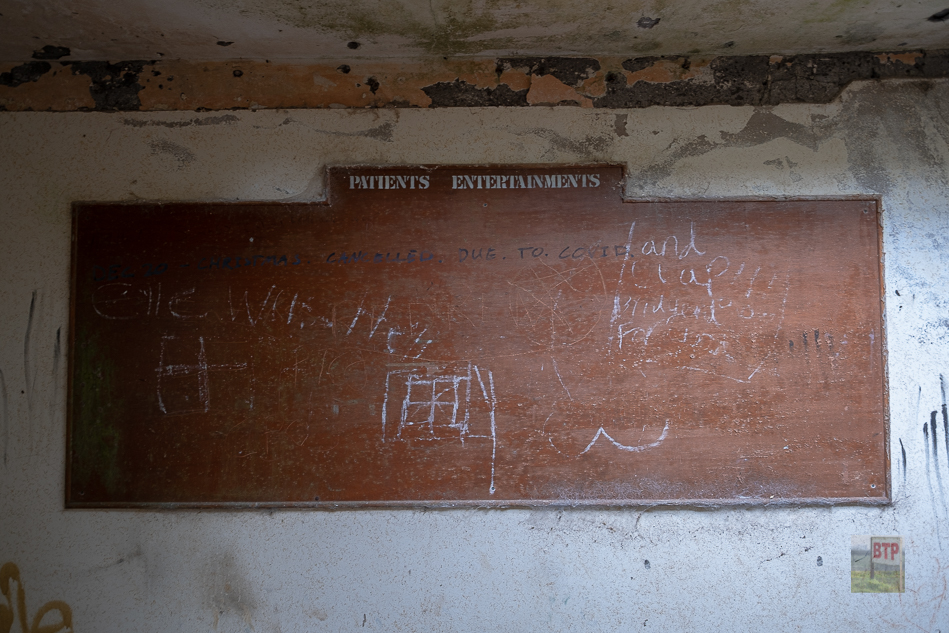
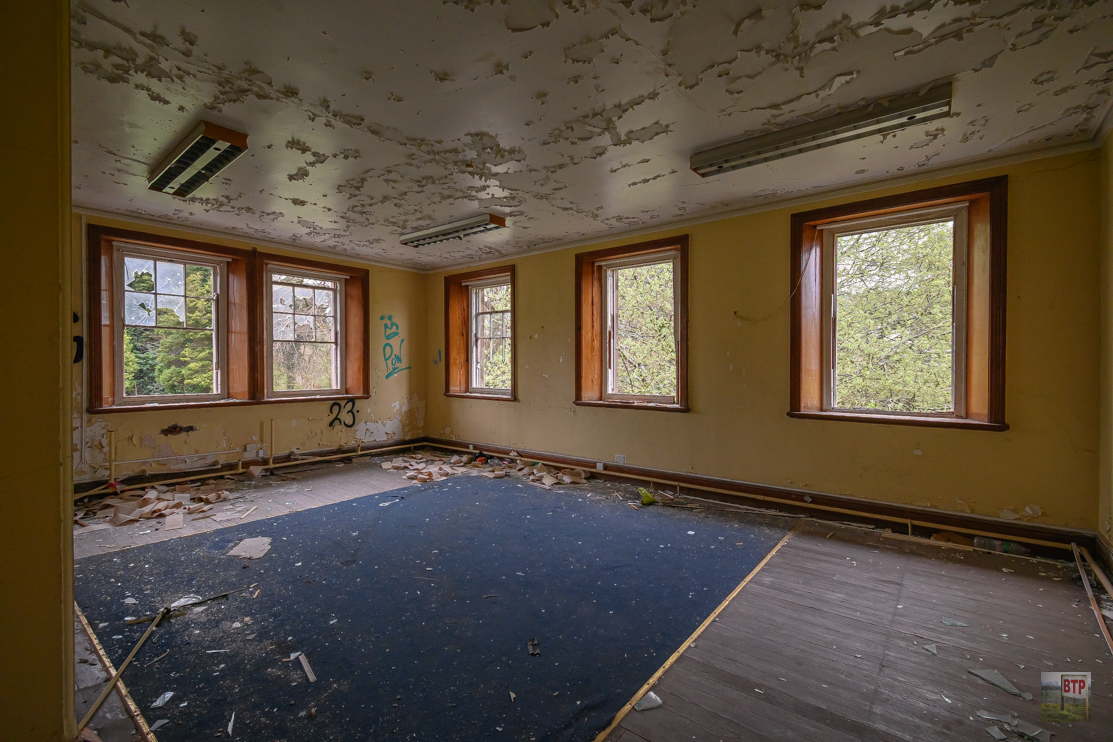

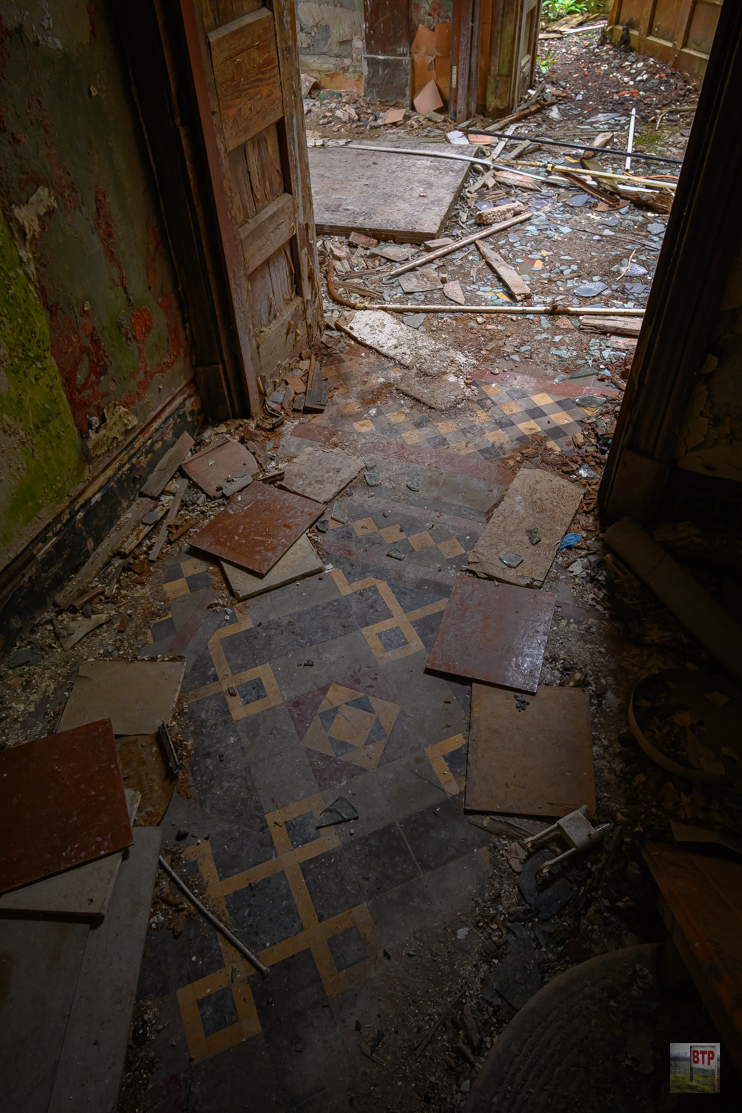
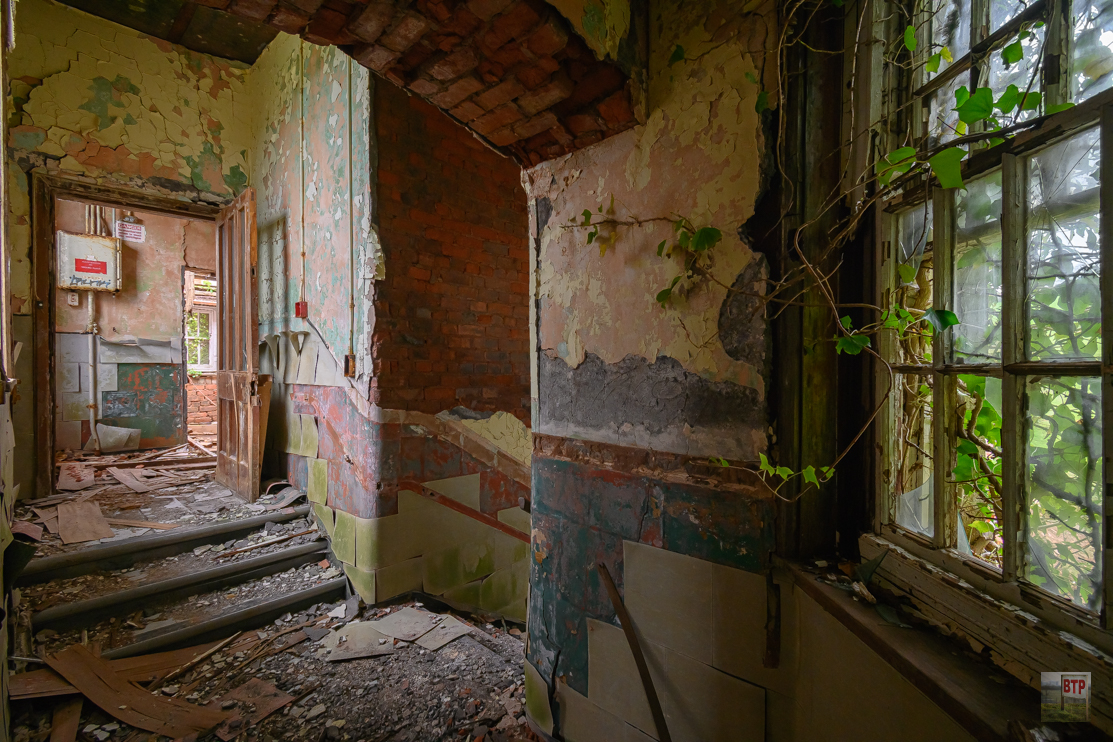
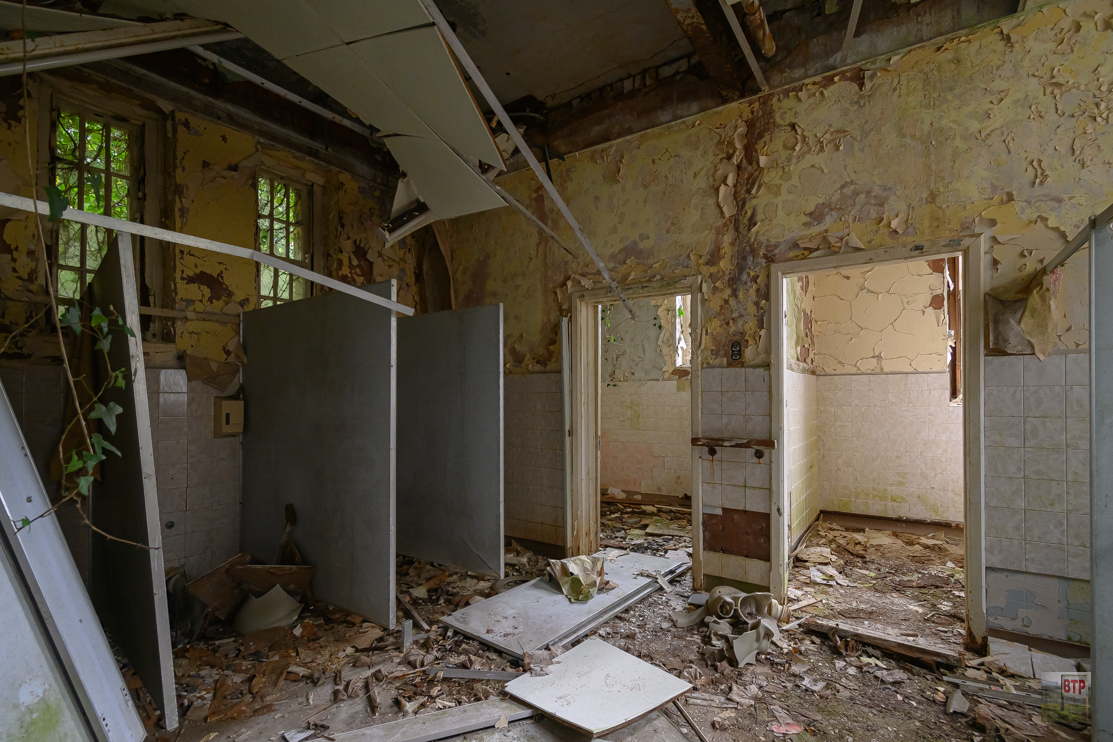
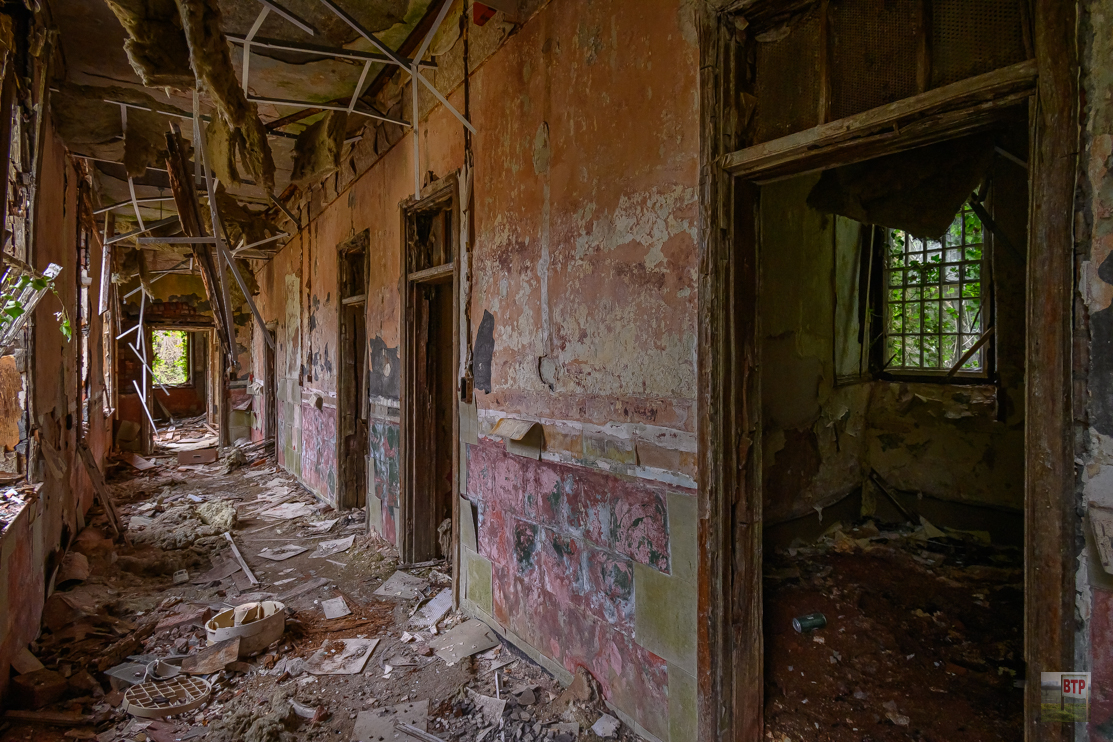
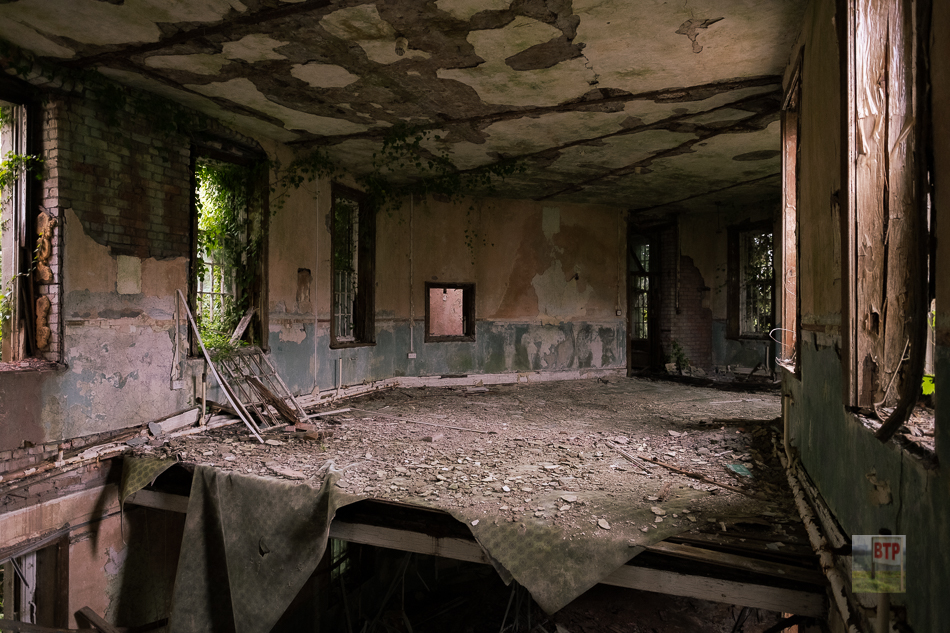
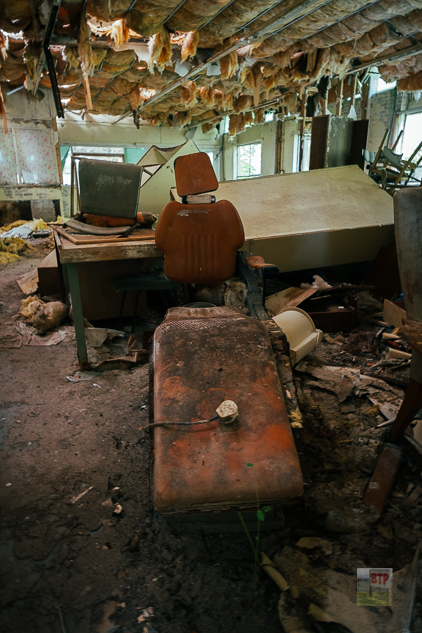
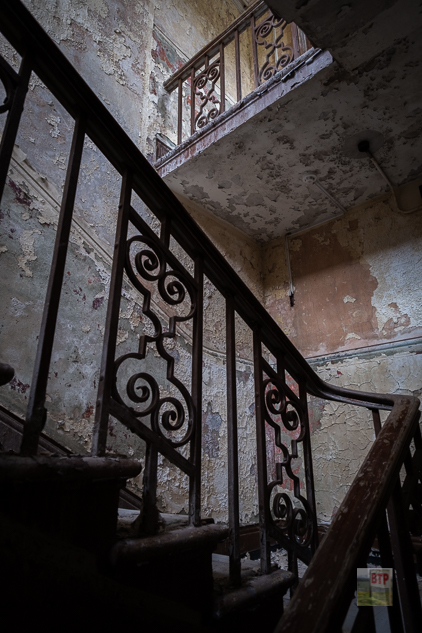
Swansea Mental Hospital, Cefn Coed
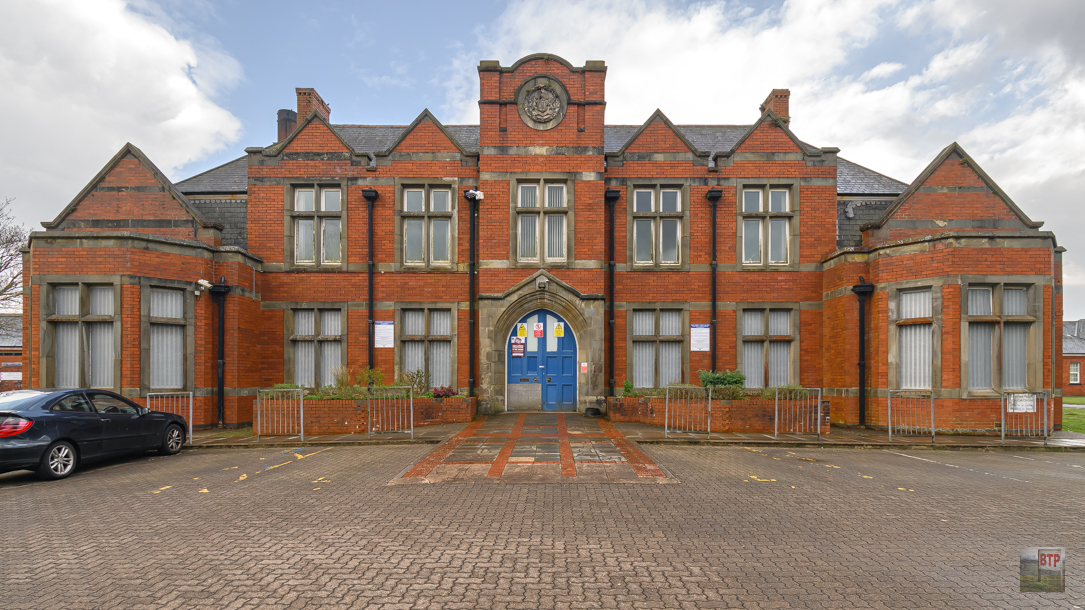
Cfen Coed Hospital, in Swansea, is one of few original asylum buildings to still be in use today. It was also one of the last to be built following delays caused by the First World War which led to a shortage of materials and labour. Construction started in 1928 and the asylum was completed in 1932. The building was designed by George Thomas Hine, one of the prolific asylum architects of the time, known for his distinctive red brick style.
In the 1950’s the first antipsychotic drug, Chlorpromazine (Largactil) was used and following the development of other drugs, this paved the way for patients being treated in the community. Numbers greatly declined at Cefn Coed but it has so far managed to avoid closure. Comedienne Jo Brand was once a psychiatric nurse at the hospital.
In 2009 work started on planning and constructing a brand new hospital on the site and work was completed in 2015. It was announced in 2012 that the old building would close within four years, however as of the start of 2025, some patients are still being treated in some of the wards in the original hospital, however it is largely derelict.
You can read more here: https://beyondthepoint.co.uk/cefn-coed-hospital/
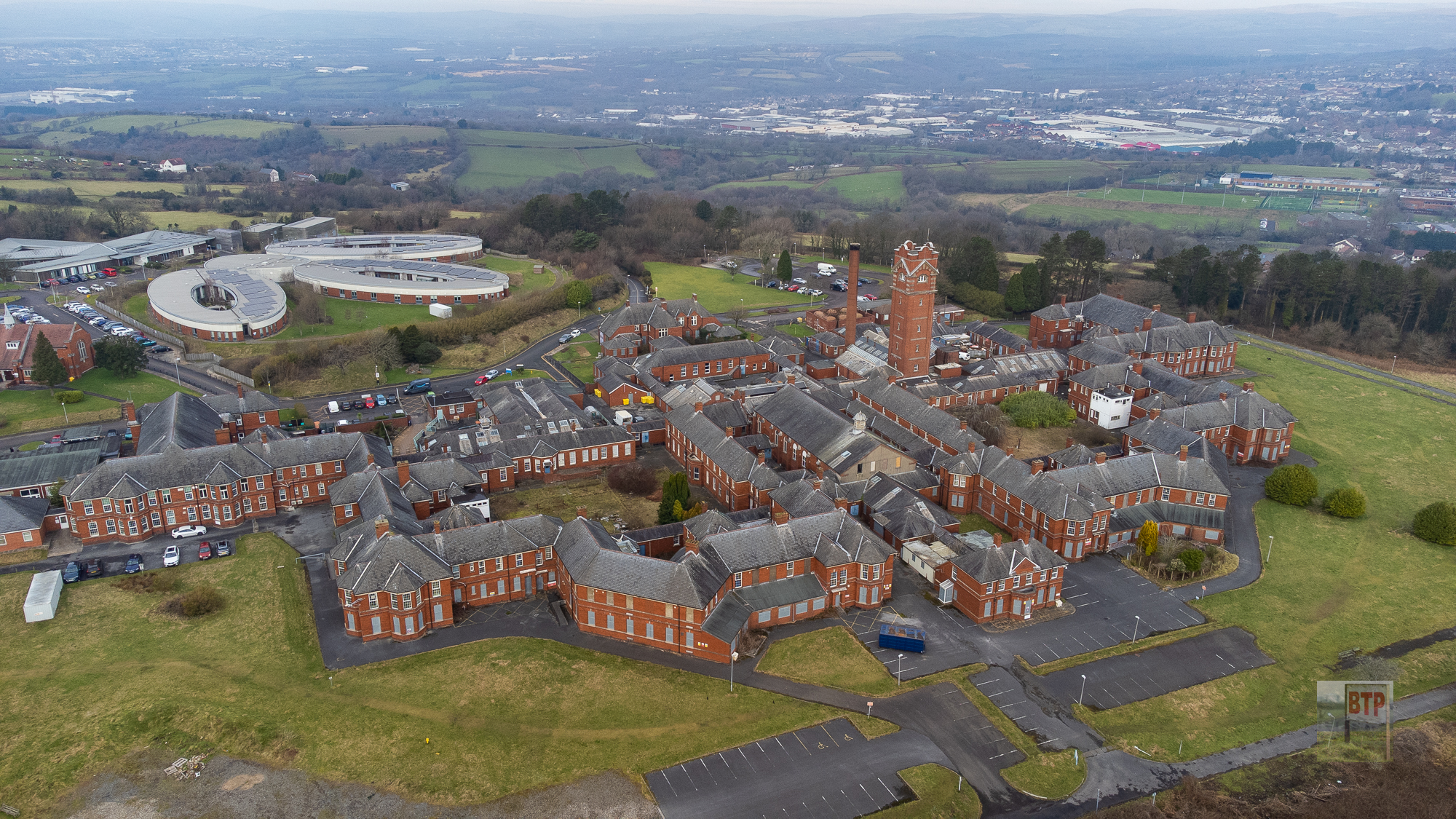
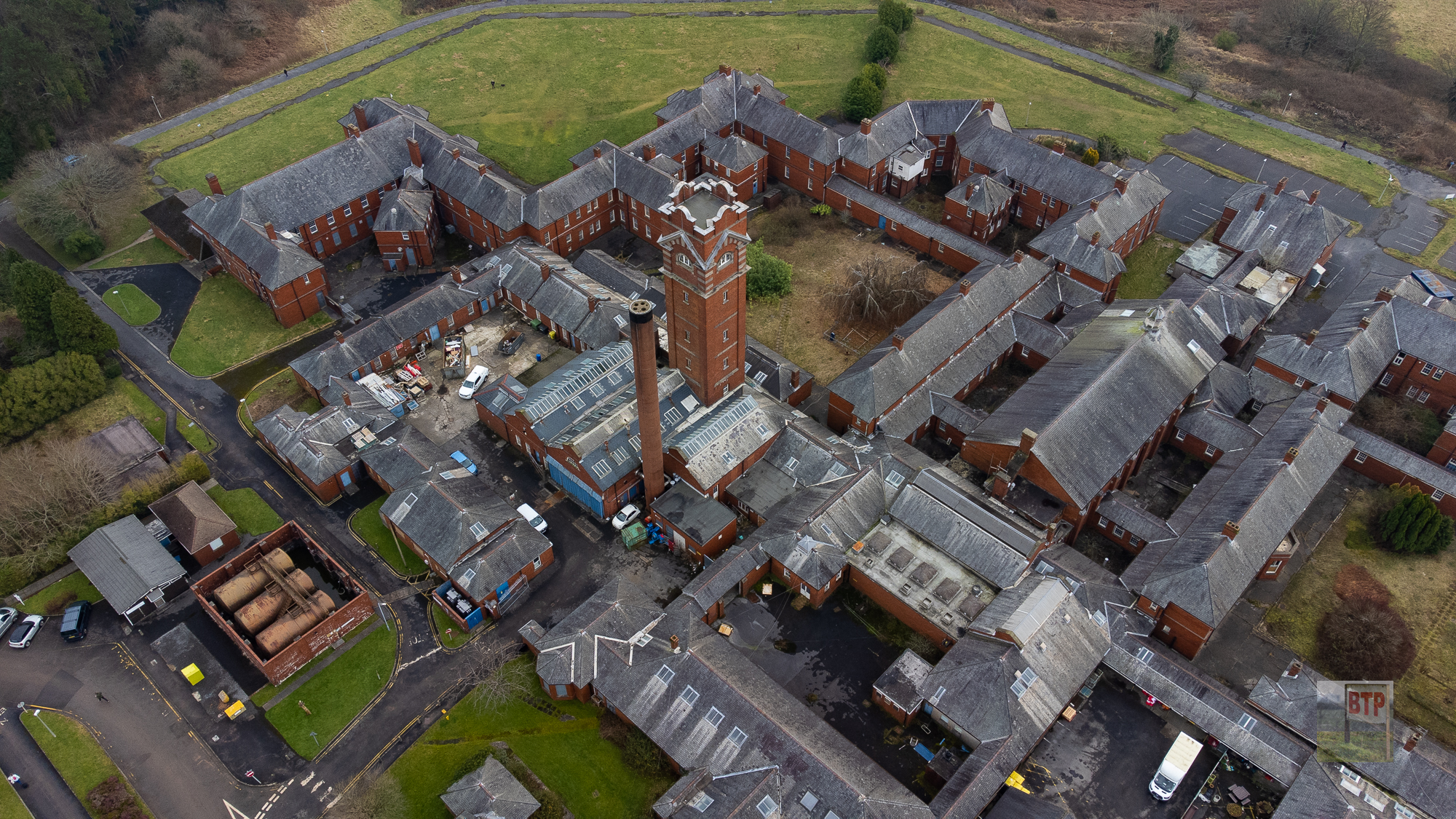
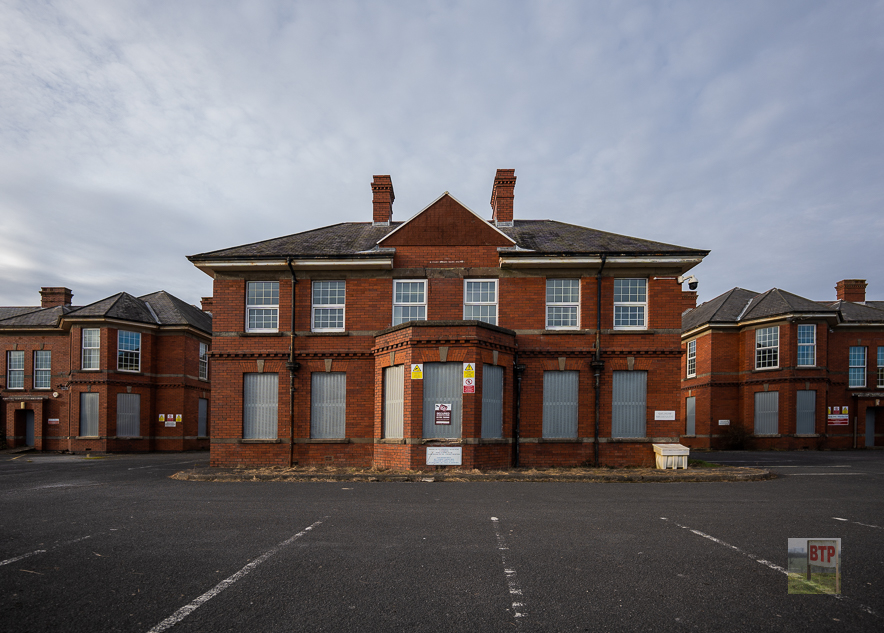
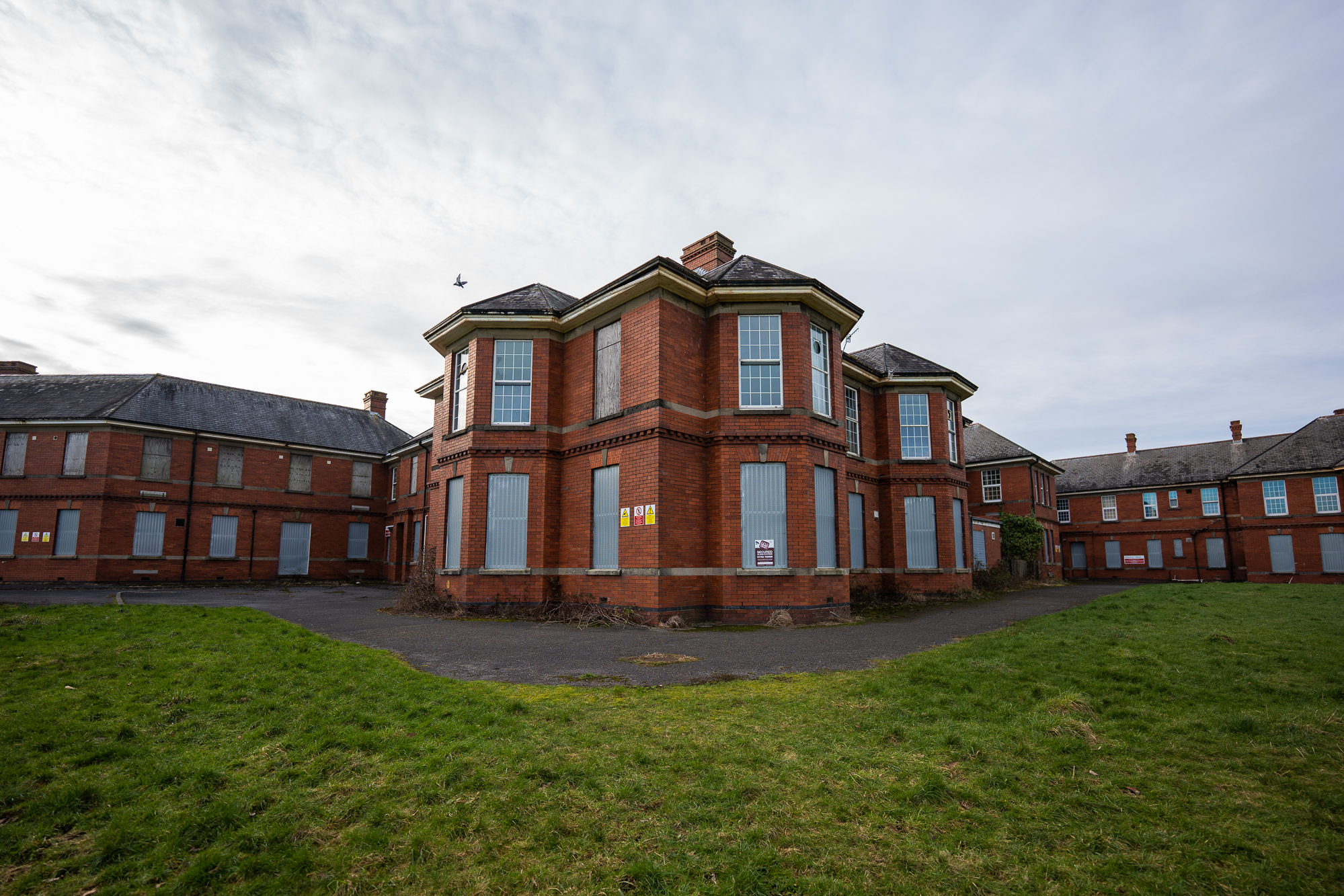
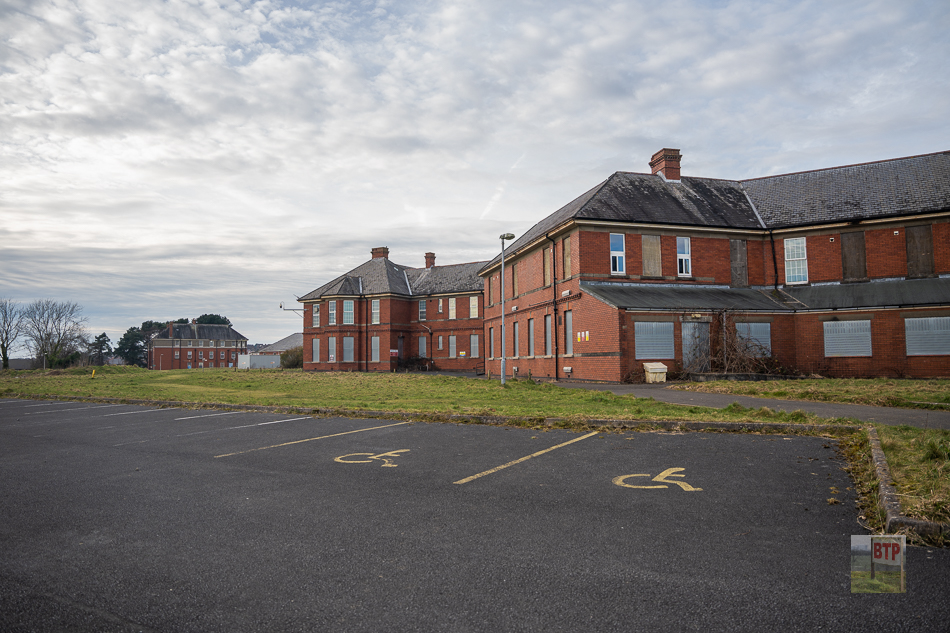
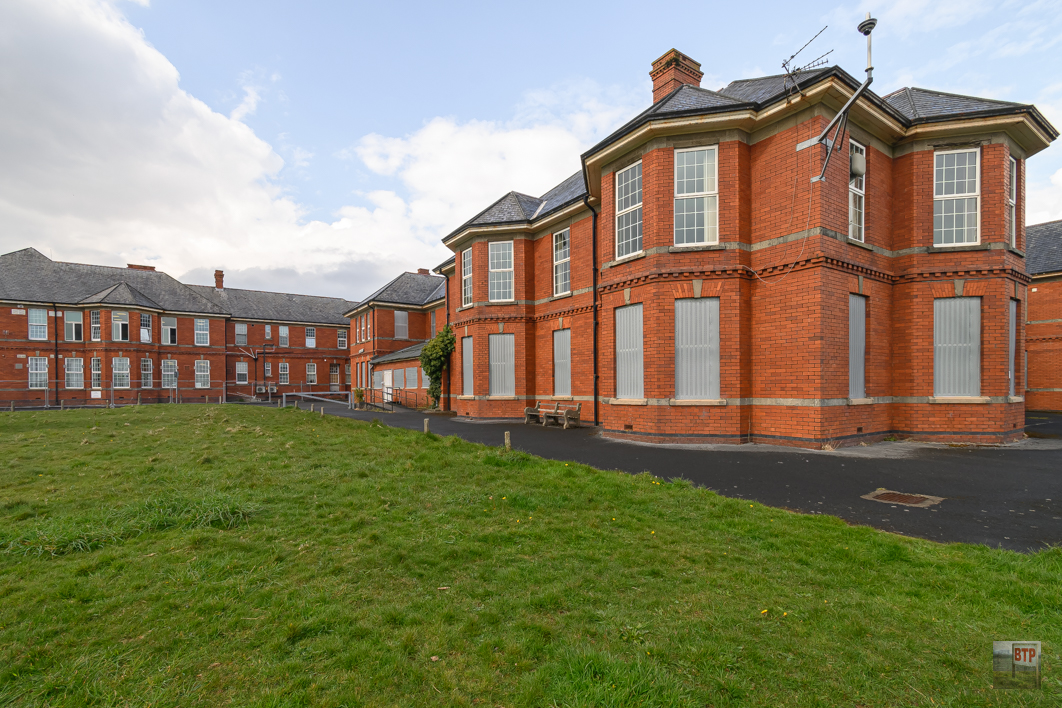
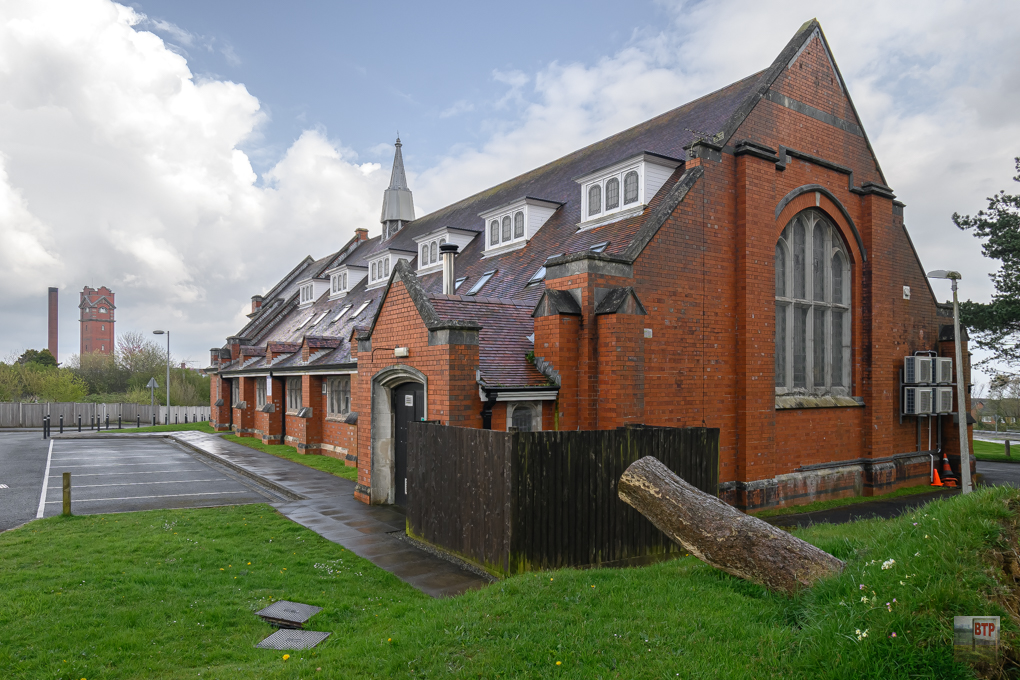
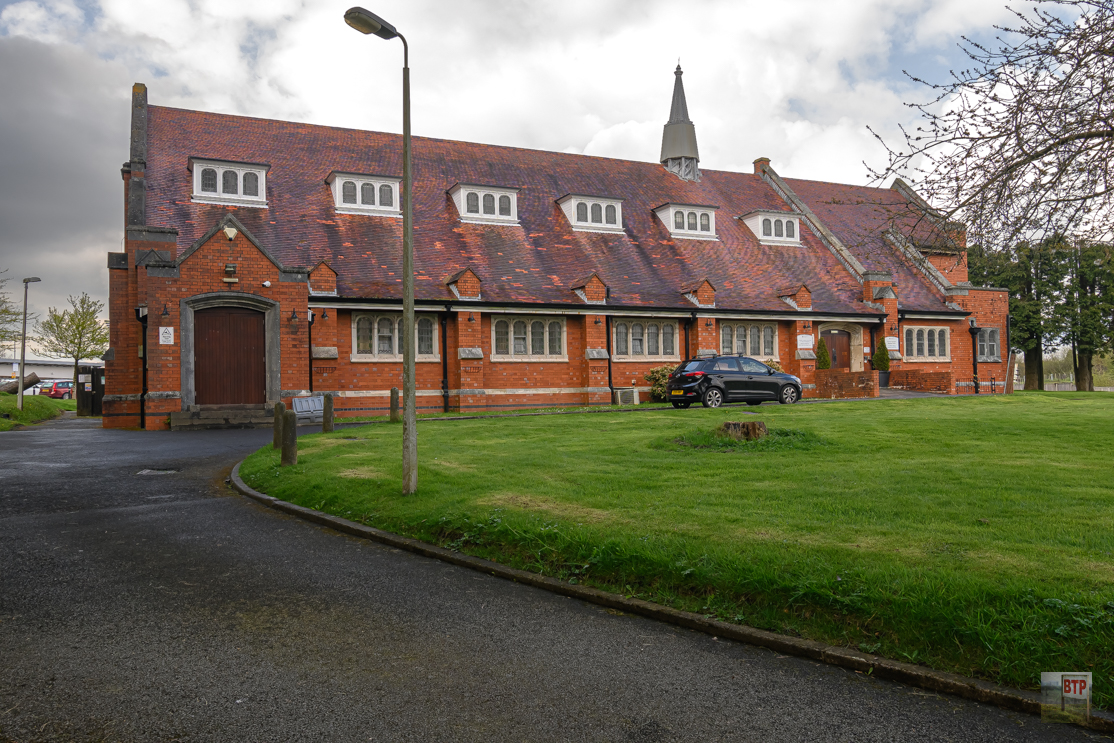

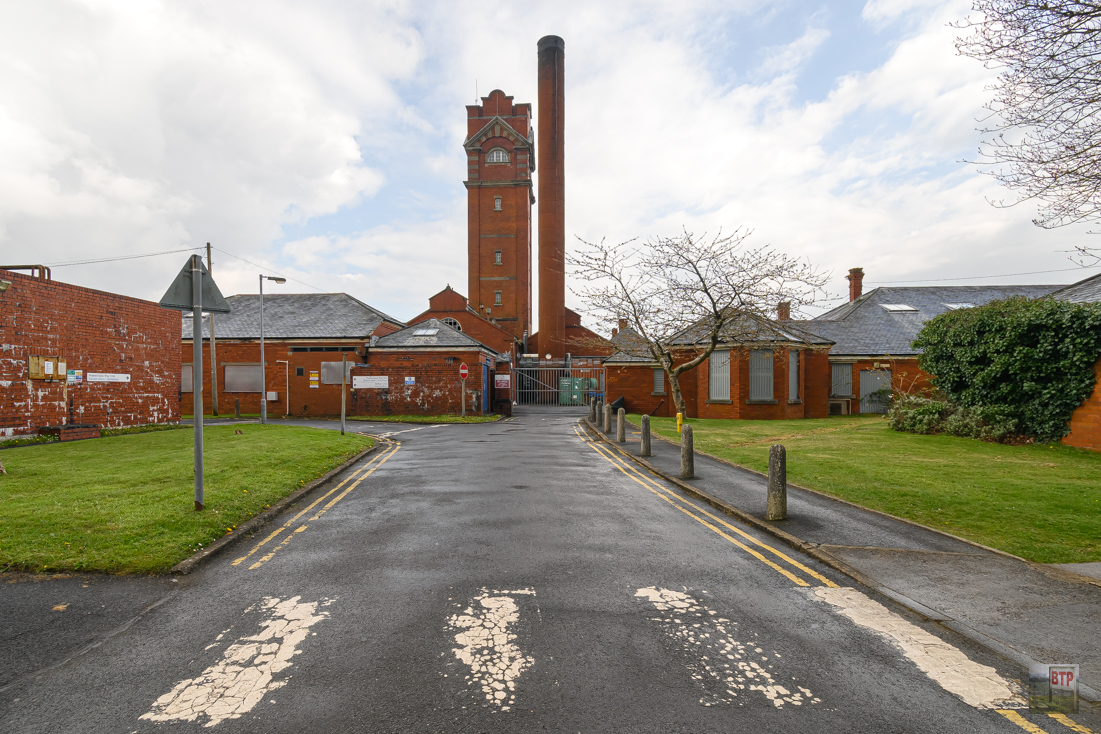
Cardiff City Lunatic Asylum, Whitchurch
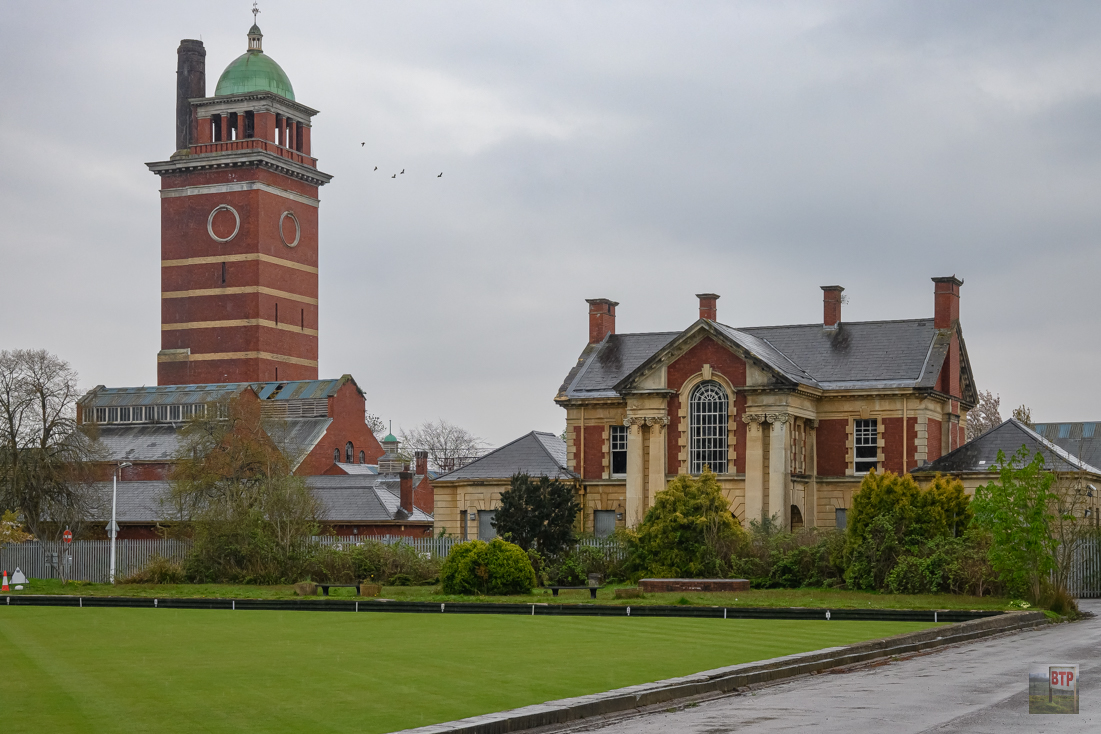
Whitchurch Hospital opened as the Cardiff City Mental Hospital with the medical superintendent, Dr Edwin Goodall, reluctant to refer to it as an asylum. Due to Cardiff’s rapidly growing population an asylum was needed ad in 1898 construction started on this £350,000 hospital, which opened its doors in 1908. It was the largest ‘asylum’ in Wales and spanned over 5 acres, accommodating up to 750 patients.
The hospital was designed in the ‘compact arrow’ layout where the wards were connected via a network of corridors with services such as catering and maintenance in the centre of the site. Despite the “compact” design, the corridors on the ground floor alone stretch over 780 meters which connected the wards.
In 1915 the hospital was handed over to the military and became the Welsh Metropolitan War Hospital and dealt mainly orthopaedic cases and shell-shock victims. It was re-used in the Second World War with 800 beds handed over to the military.
A phased closure of the hospital began in 2015 with the last patients leaving the site in April 2016 and non-patient staff in early 2017 when the hospital closed. Despite the around-the-clock security, the site has fallen into disrepair with several parts of the building starting to collapse. What does remain is a relic of asylum architecture.
Read more and see more photos here: https://beyondthepoint.co.uk/whitchurch-hospital/
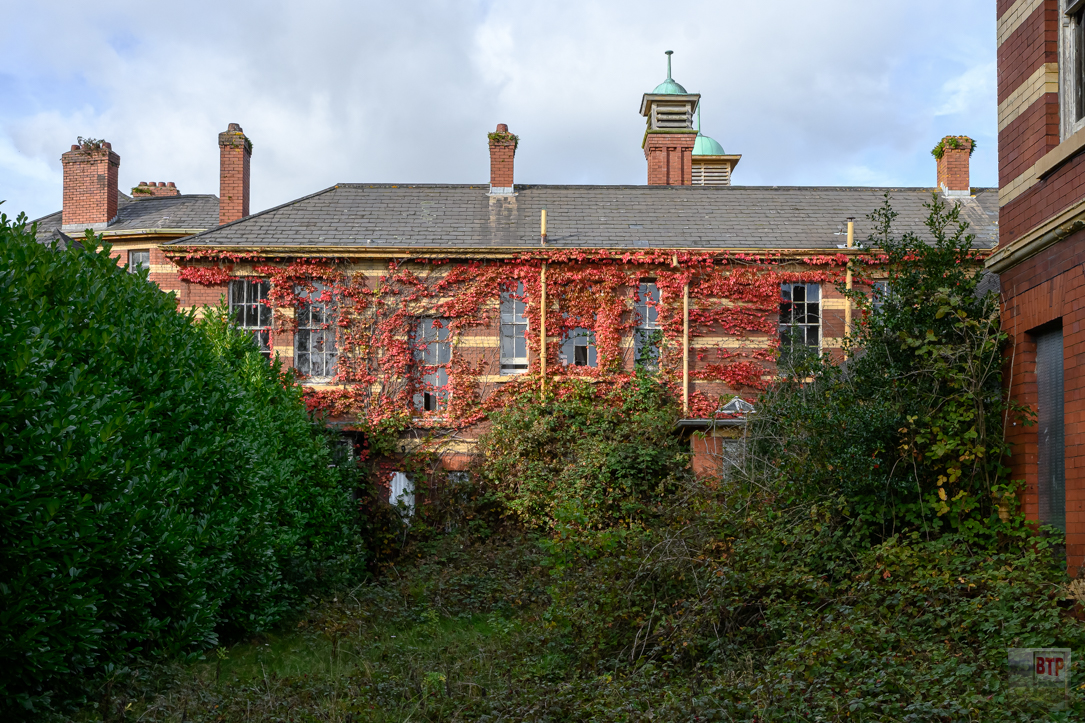
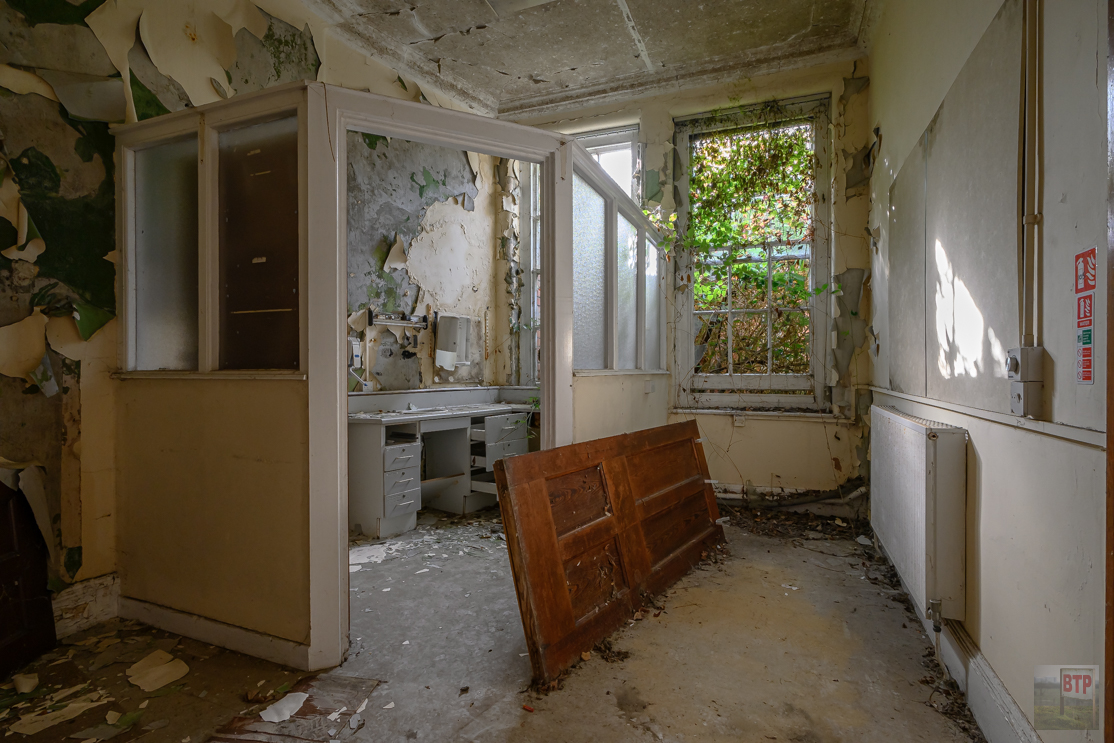
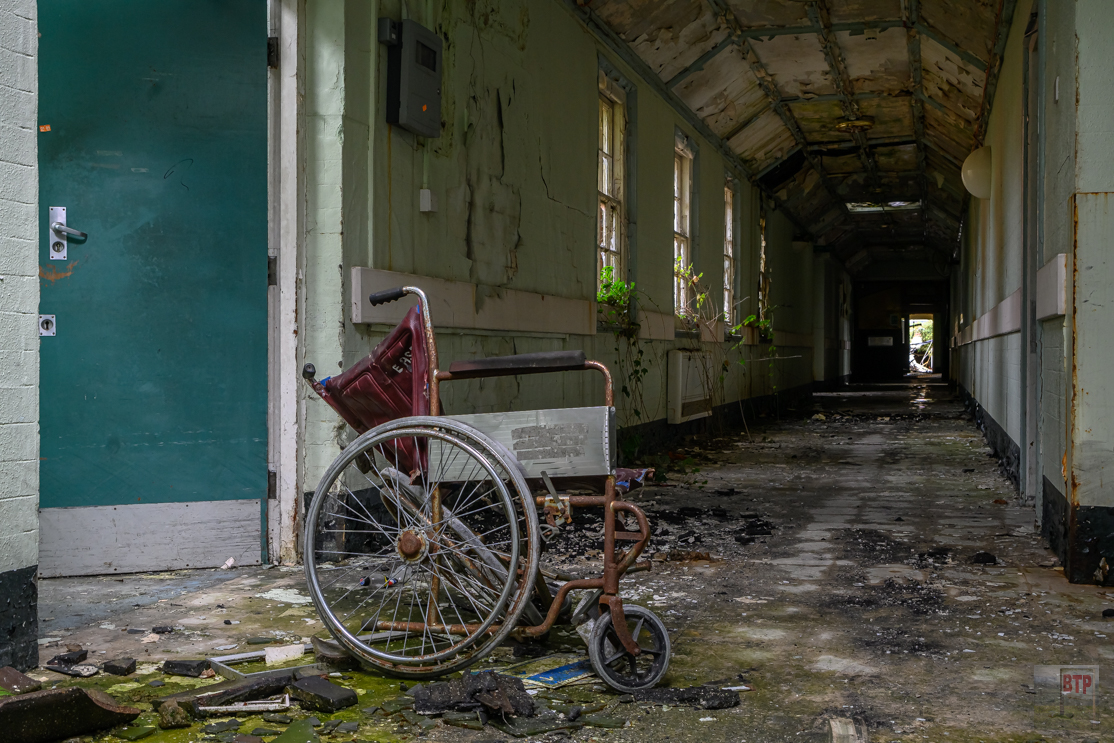

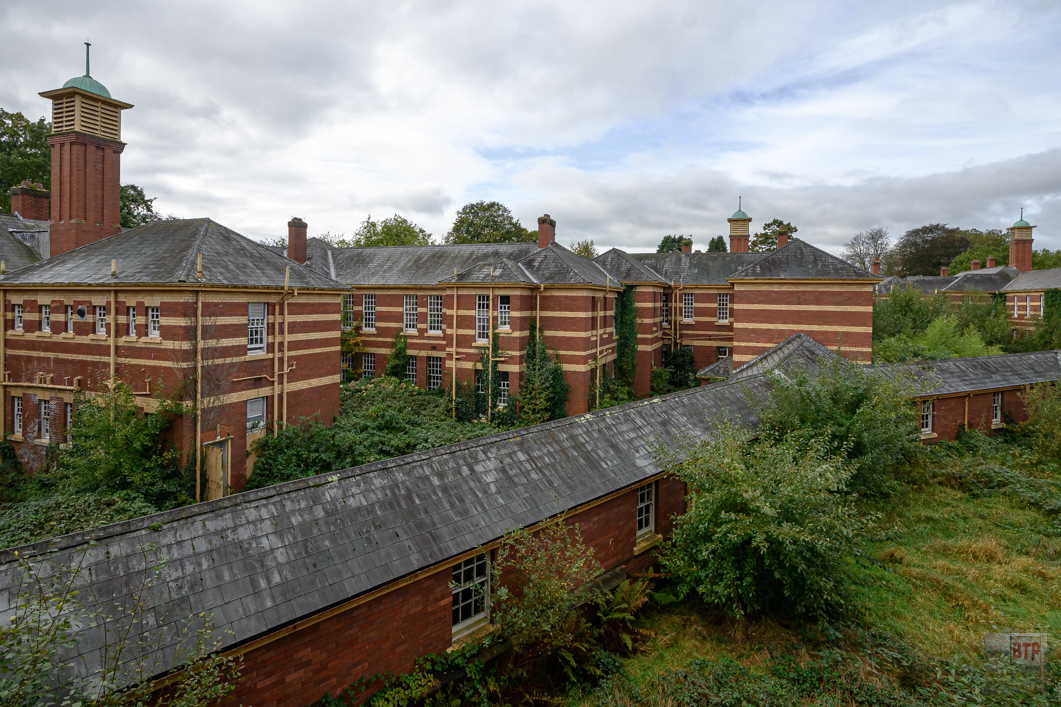
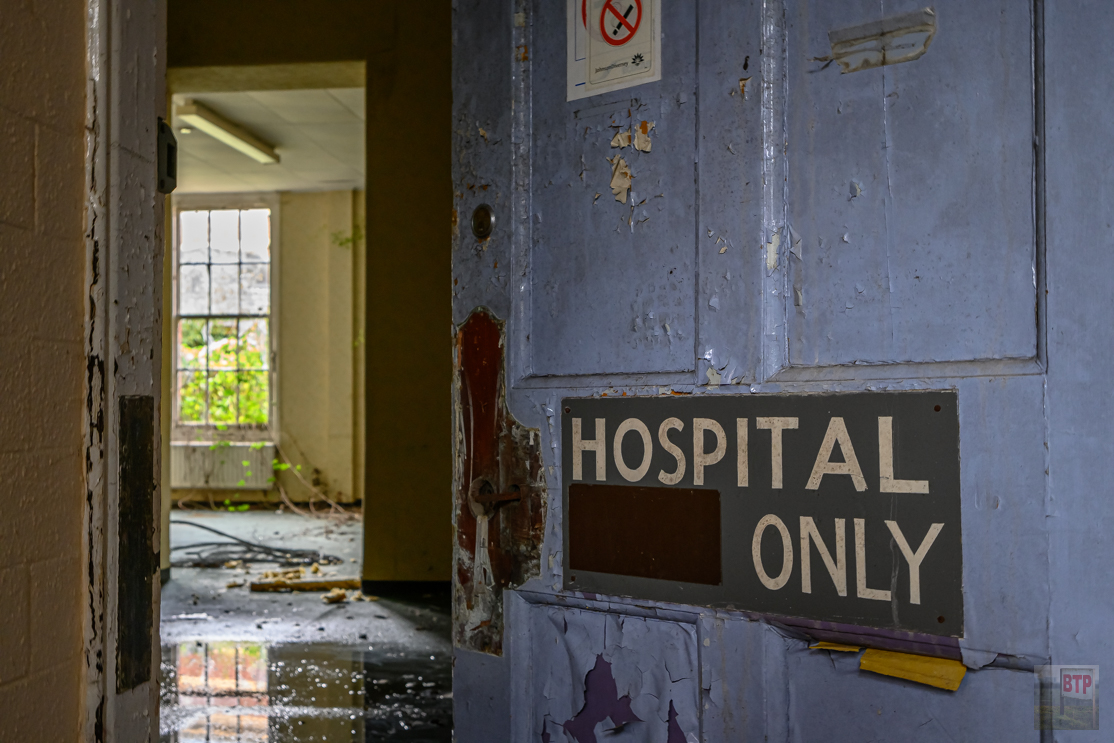
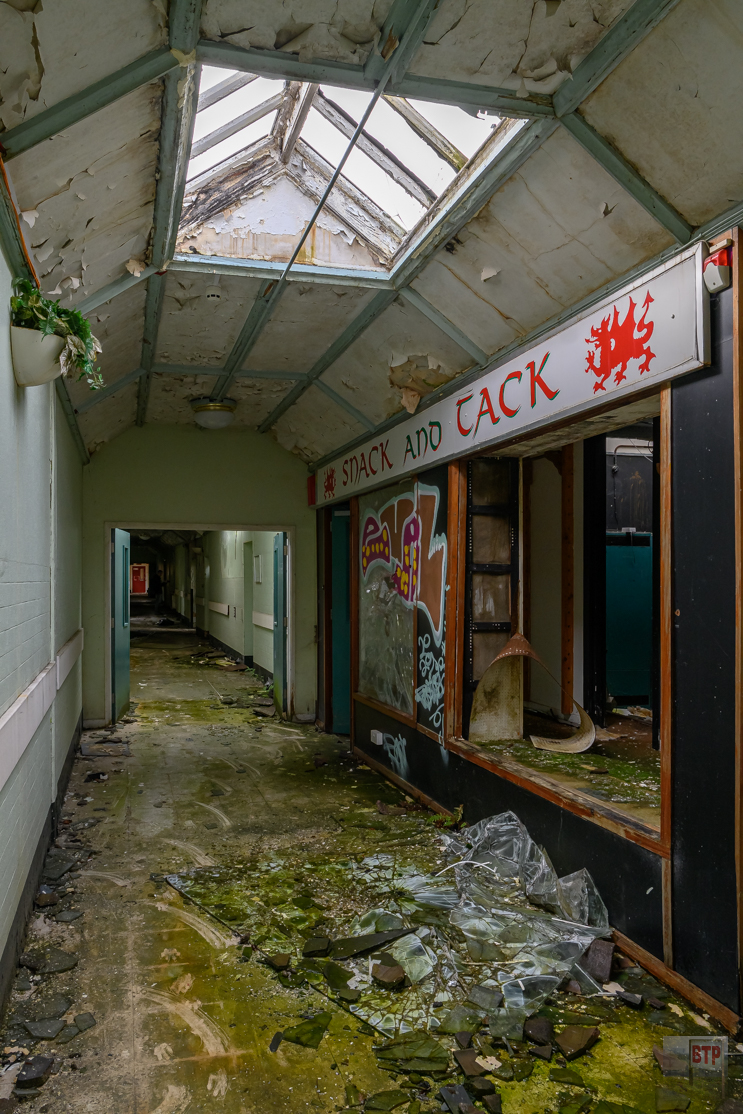
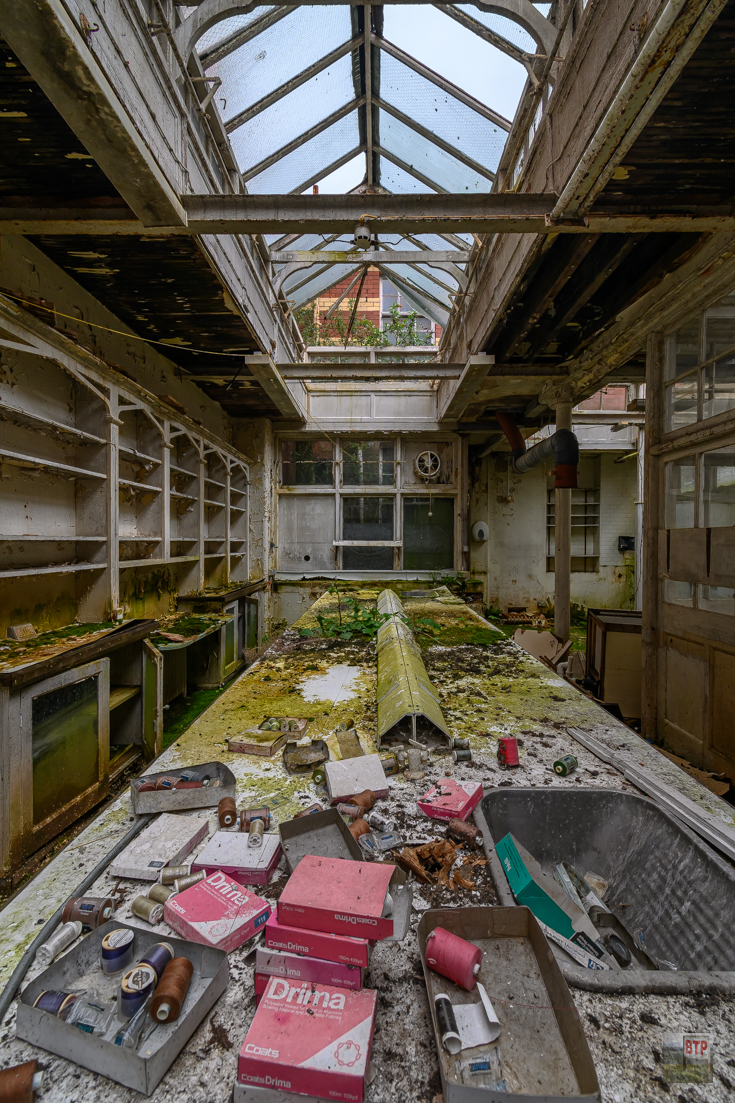
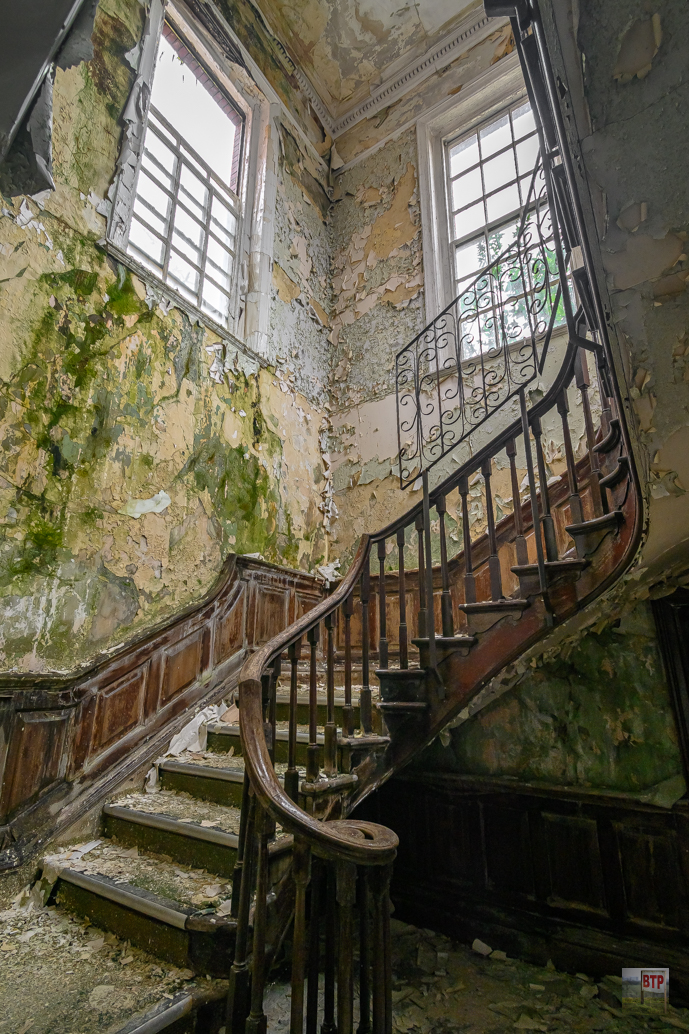
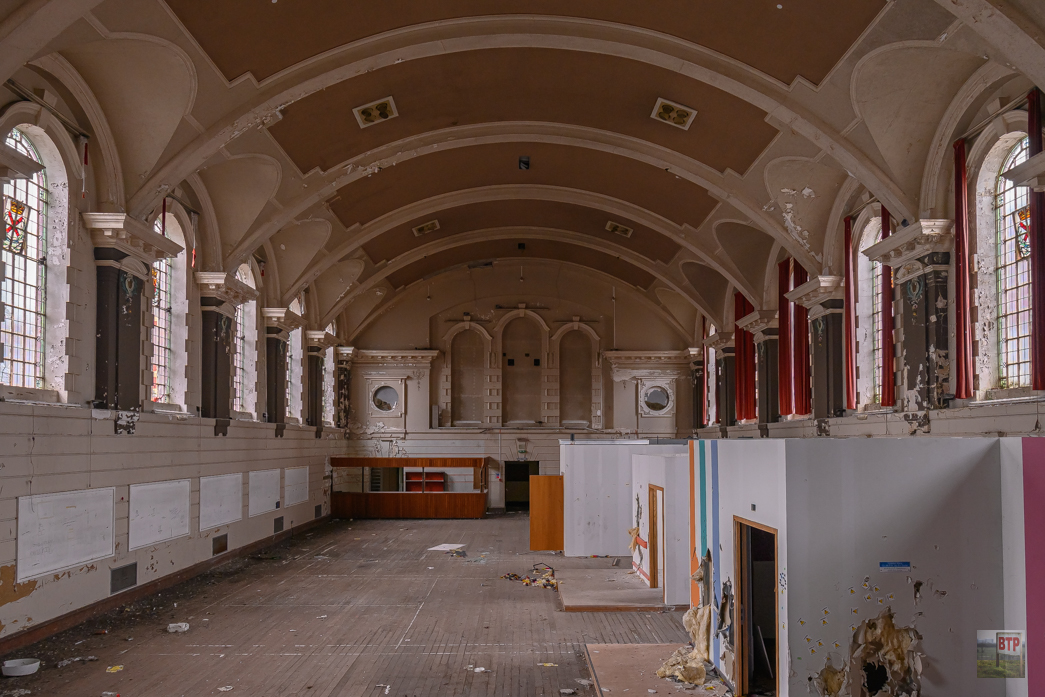
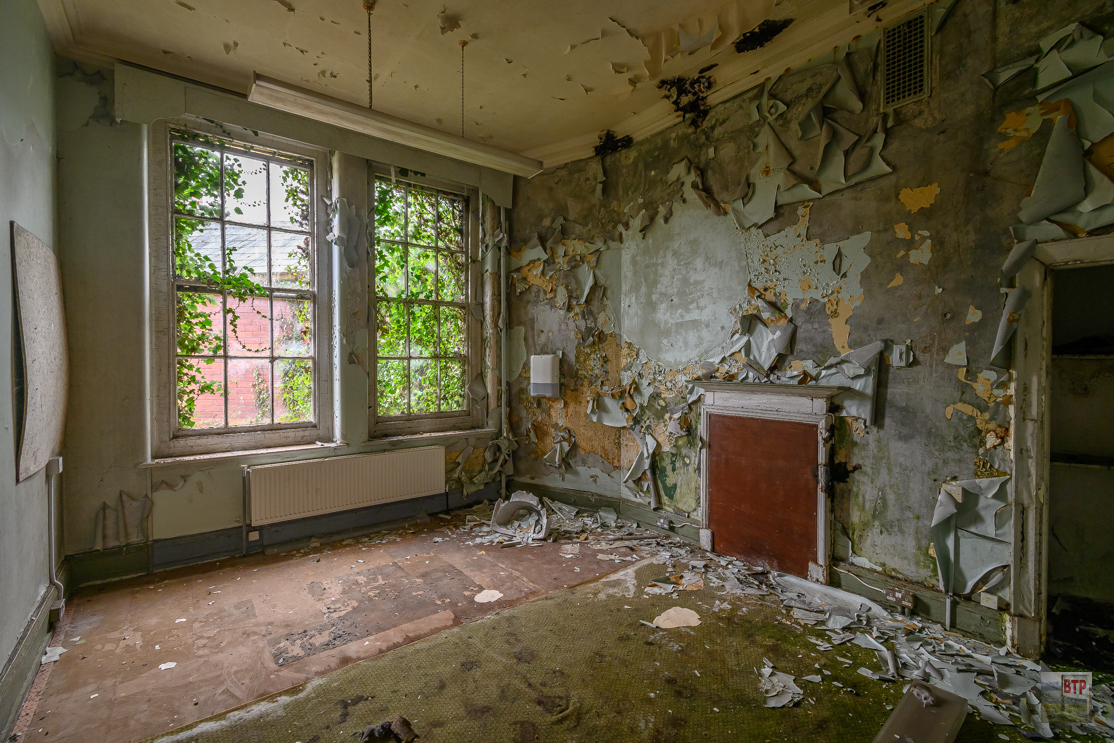
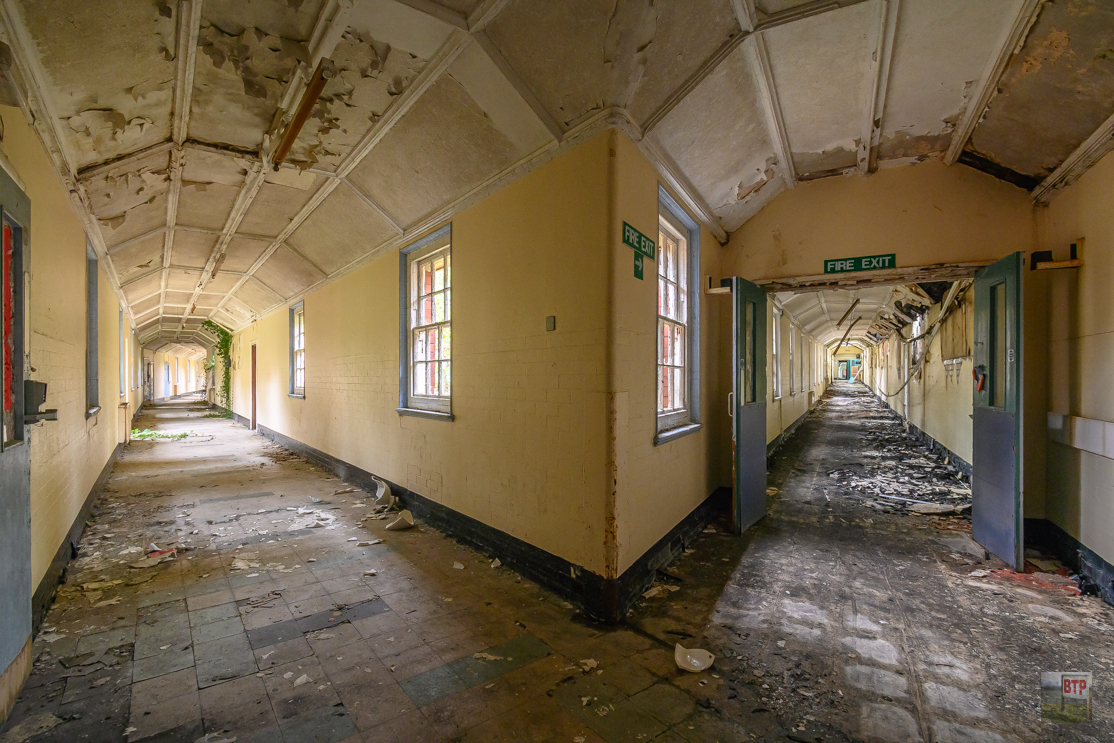
Newport Borough Asylum, St Cadoc’s
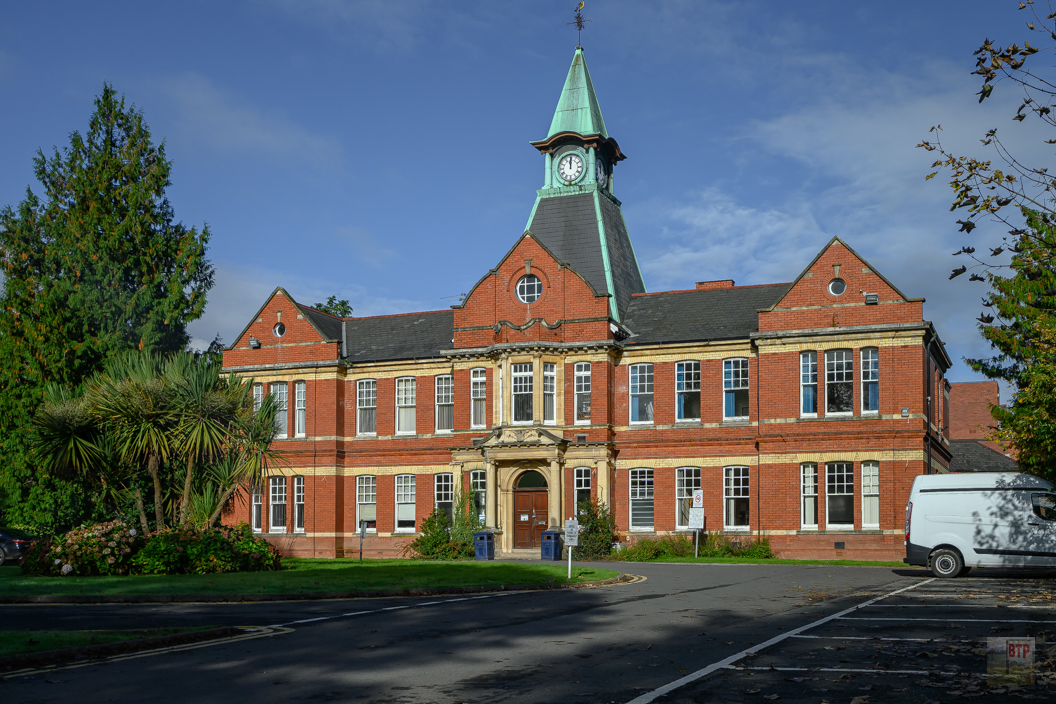
St Cadoc’s Hospital still provides mental health treatment today to both children, adults and the elderly. Similar to Cefn Coed, St Cadoc’s avoided the closures of the 80’s and 90’s and a number of wards are still in use.
The Newport Borough Asylum was opened in May 1906, with the foundation stone laid 3 years earlier. Like other asylums in Wales, it was designed in a compact arrow layout by architect Alfred J. Wood.
It became was renamed in 1919 as the Newport County Borough Mental Hospital; St. Cadoc’s Emergency Hospital during the Second World War and finally St Cadoc’s Hospital in 1948, when the NHS took control of the site.
Read more and view more photos here: https://beyondthepoint.co.uk/st-cadocs-hospital/
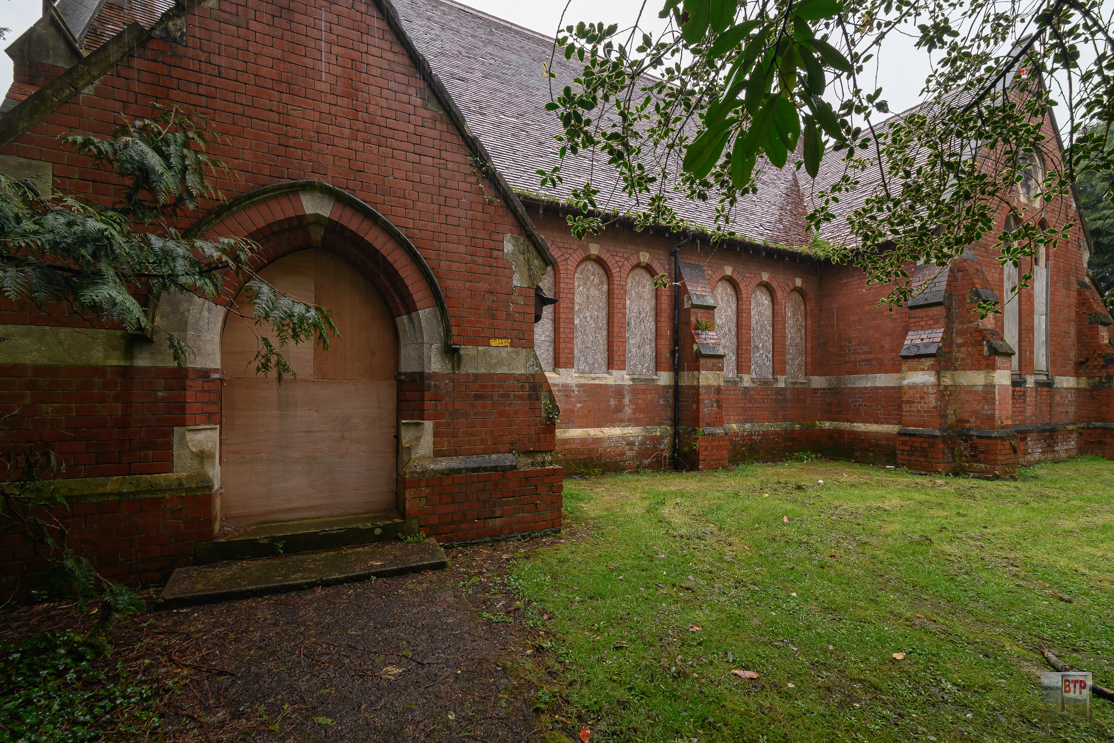
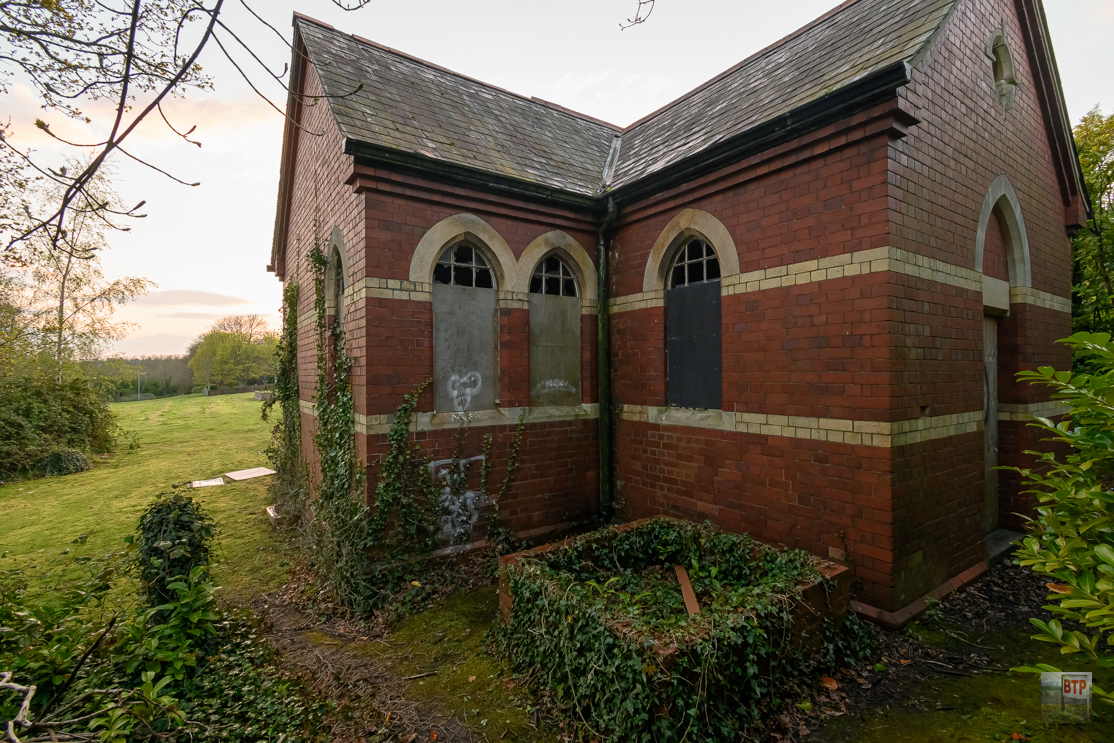
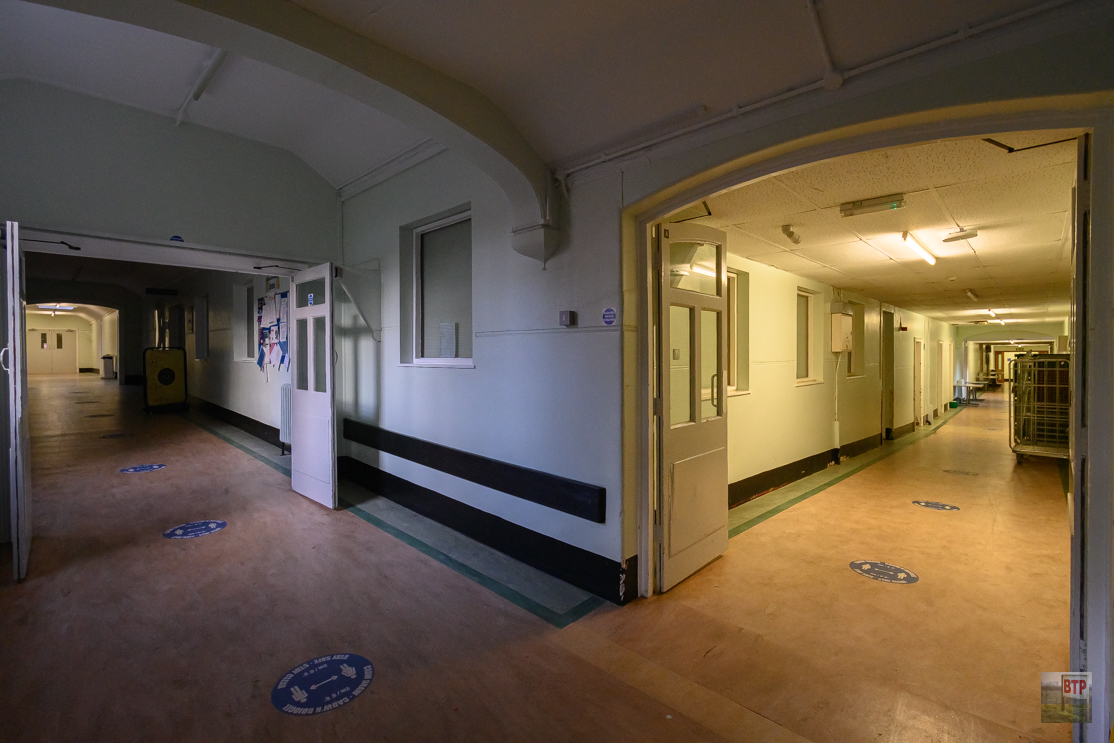
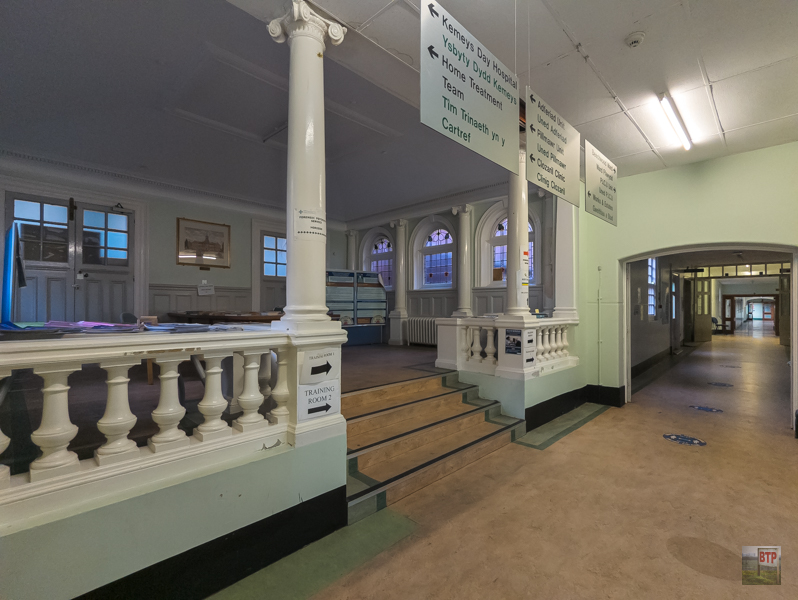
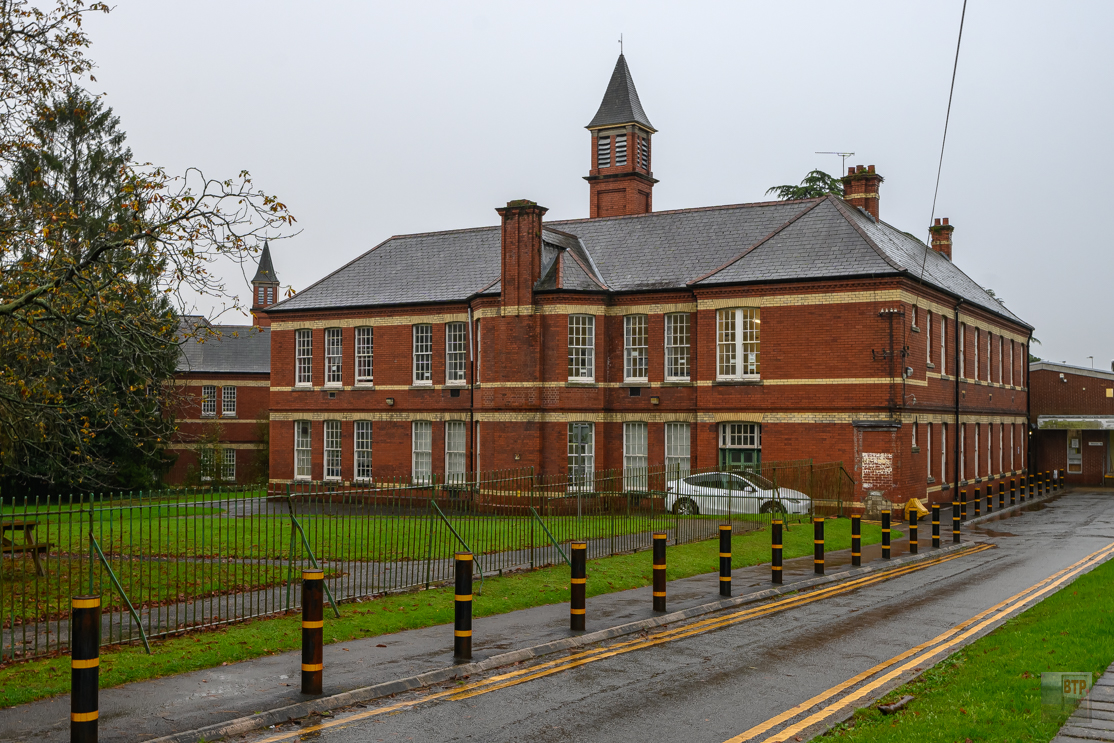
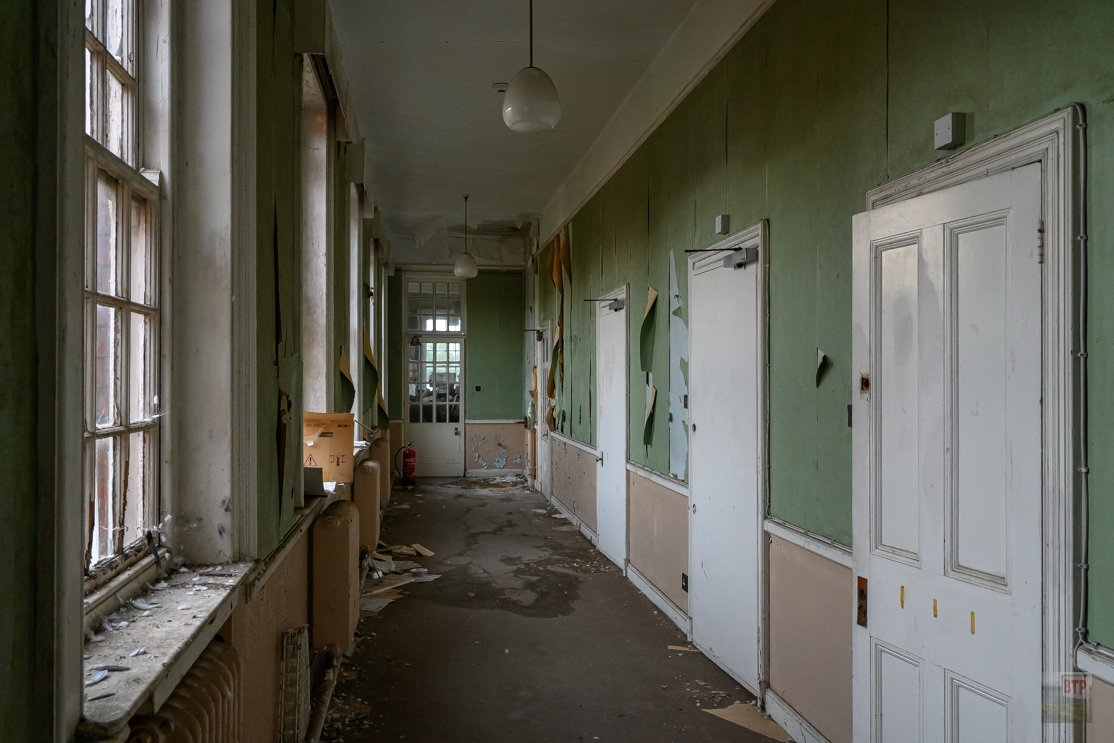

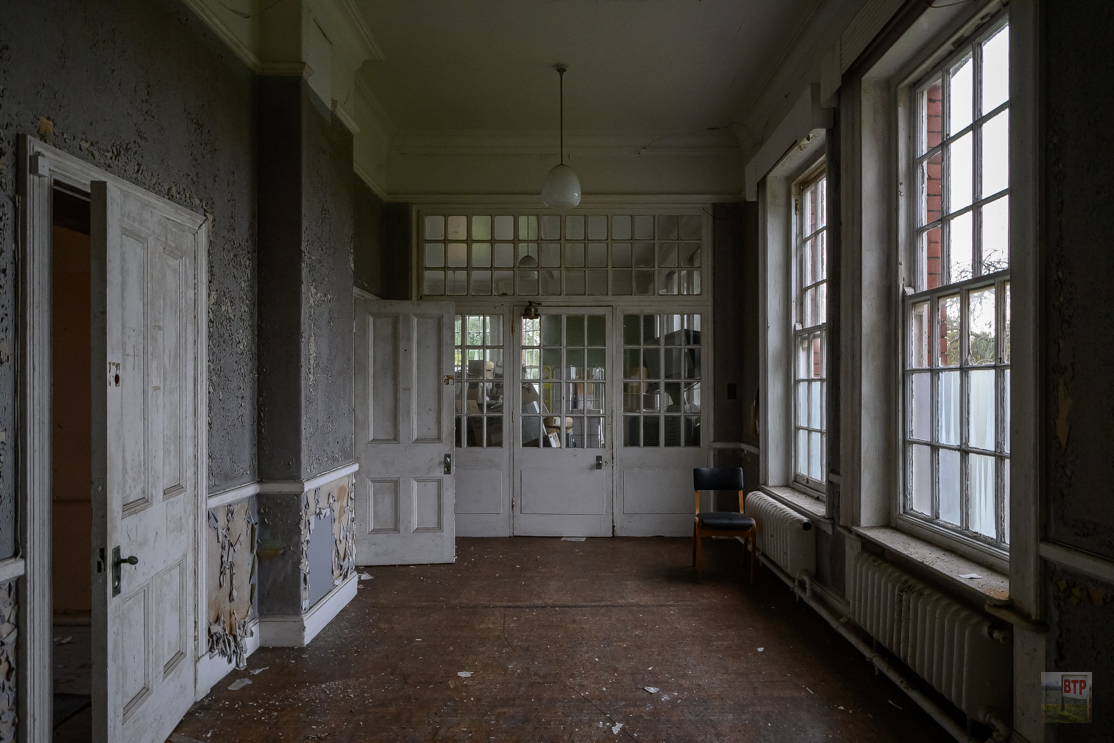
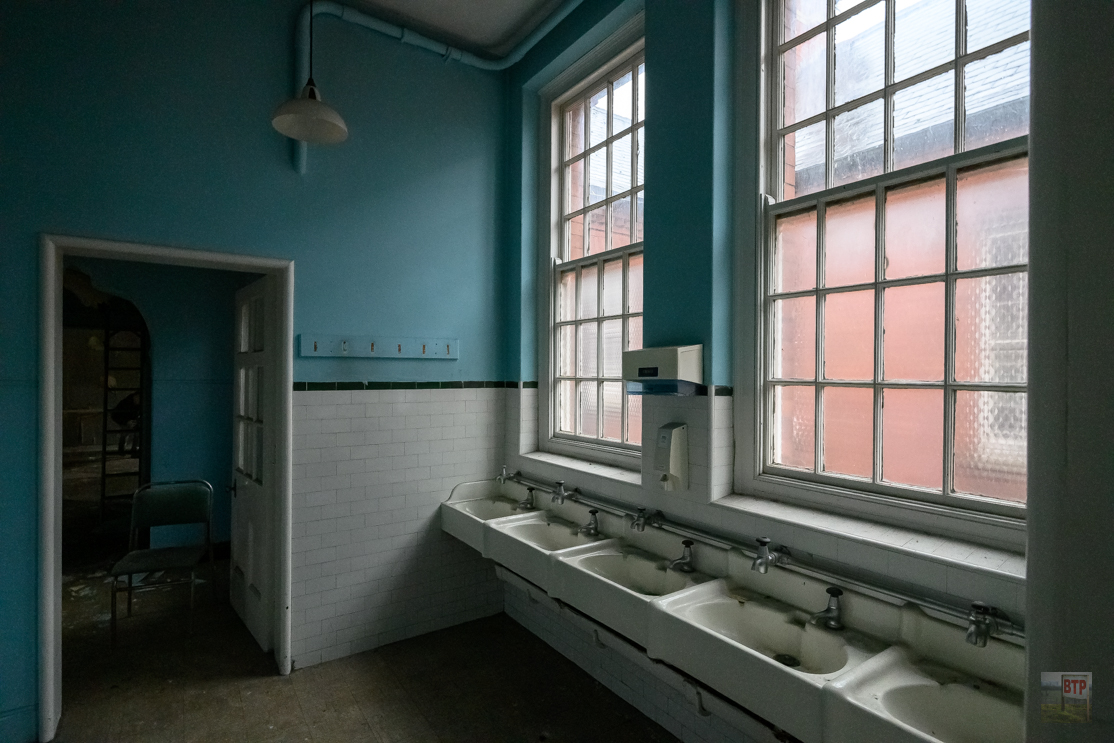
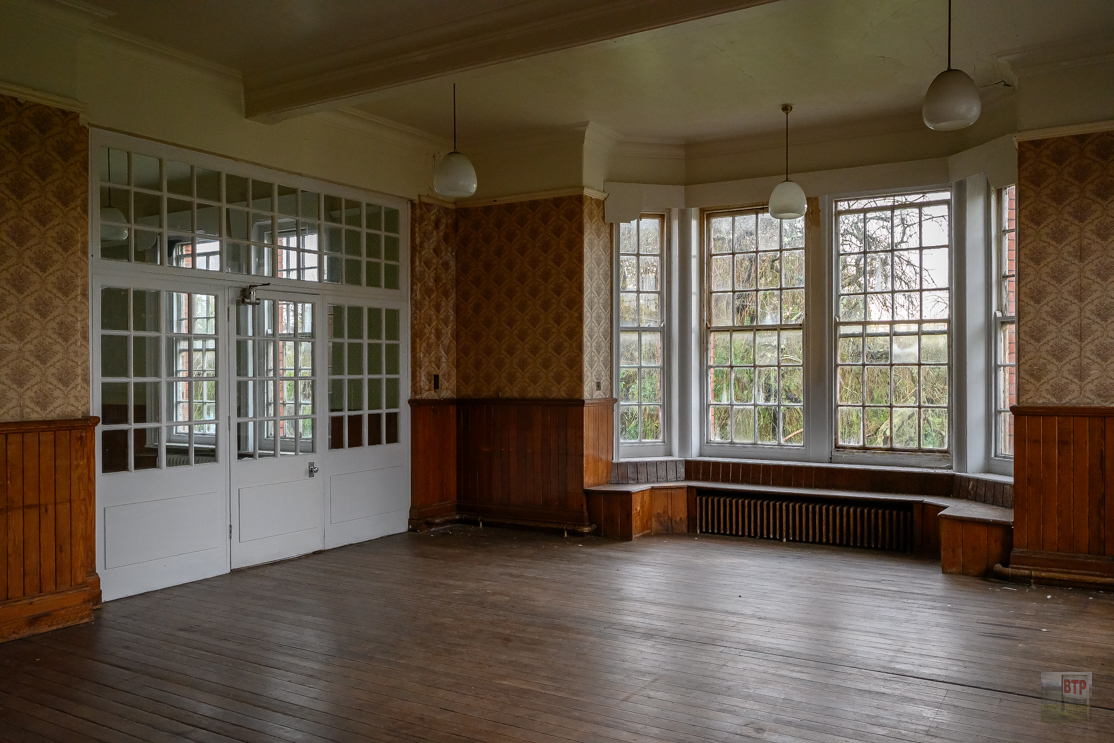
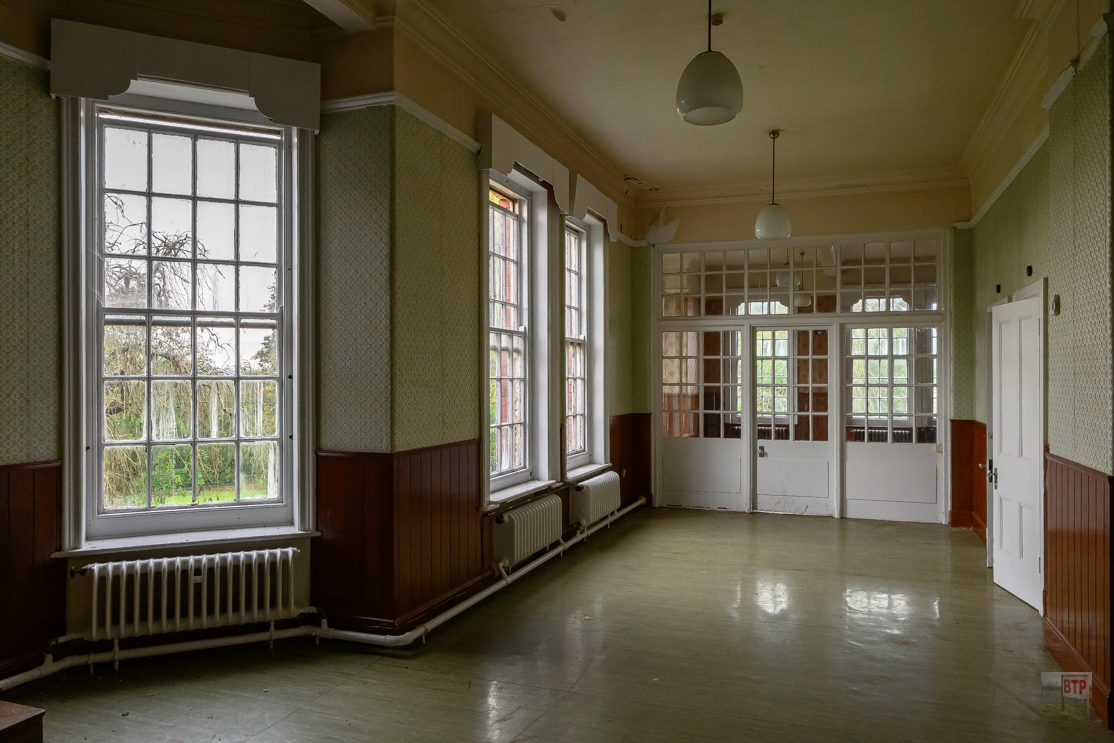
Glamorgan County Lunatic Asylum, Bridgend
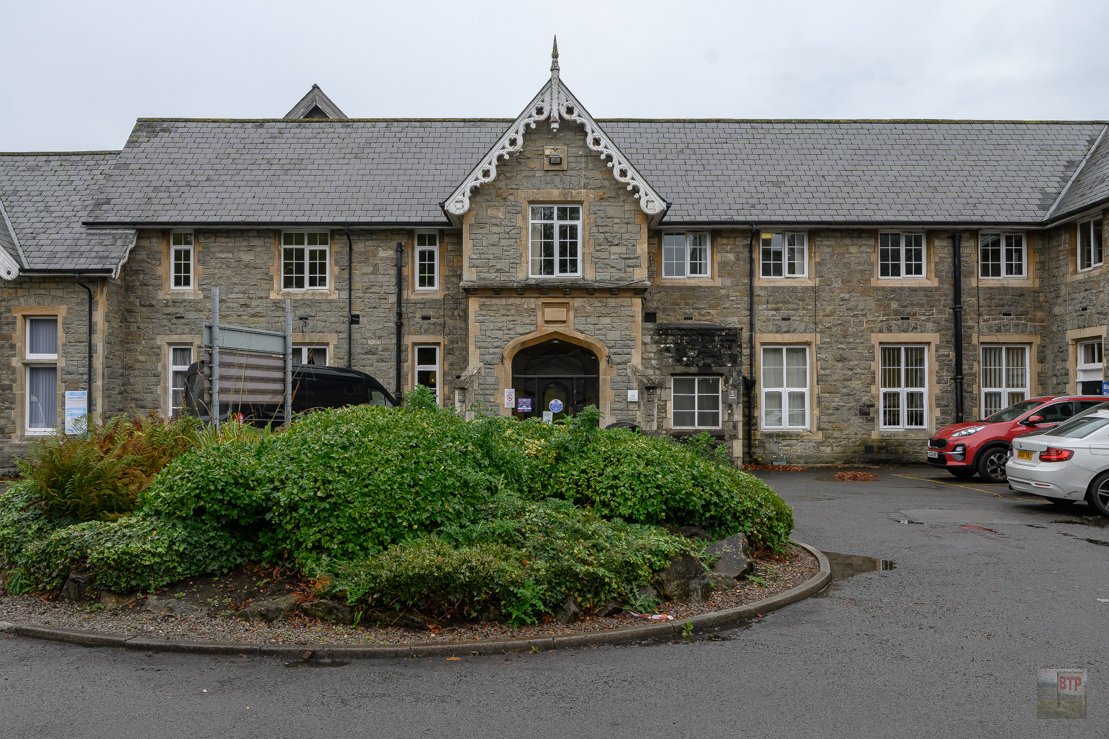
Another hospital still in use today is this one. The Glamorgan County Lunatic Asylum was designed by William Martin and John Henry Chamberlain in the corridor layout with Gothic Revival style. Opening in 1864 it was Wales’ first asylum.
t became the Glamorgan County Mental Hospital in 1922 and Glanrhyd Hospital in 1948. In 2022 Cadw designated the hospital grounds as Grade II listed due to the ‘historic importance as a rare, and largely intact, example of the “designed gardens and grounds of a mid-nineteenth century asylum landscape.”
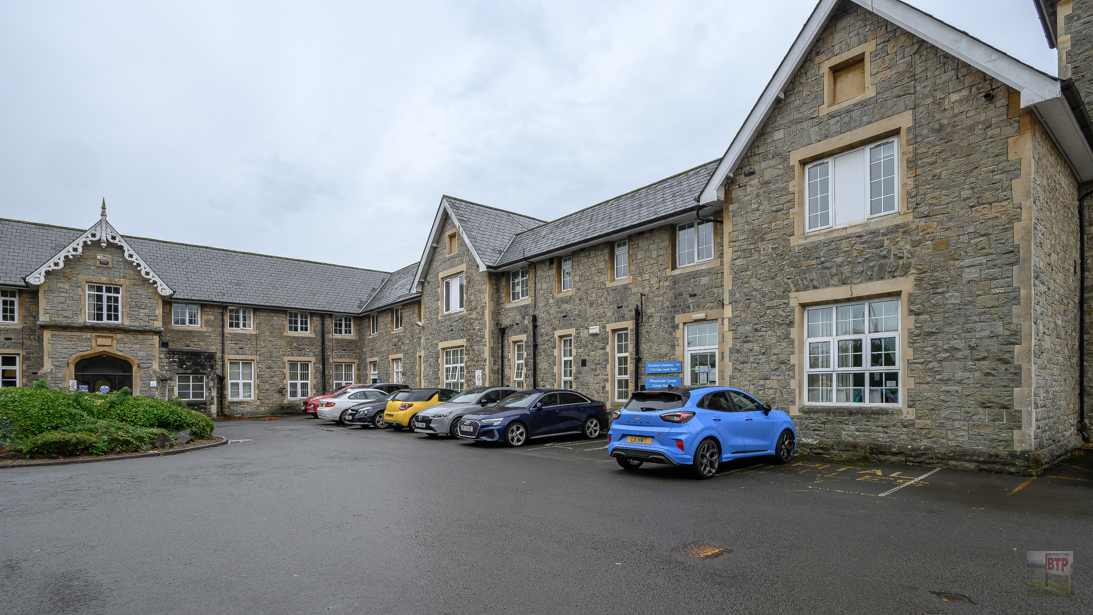
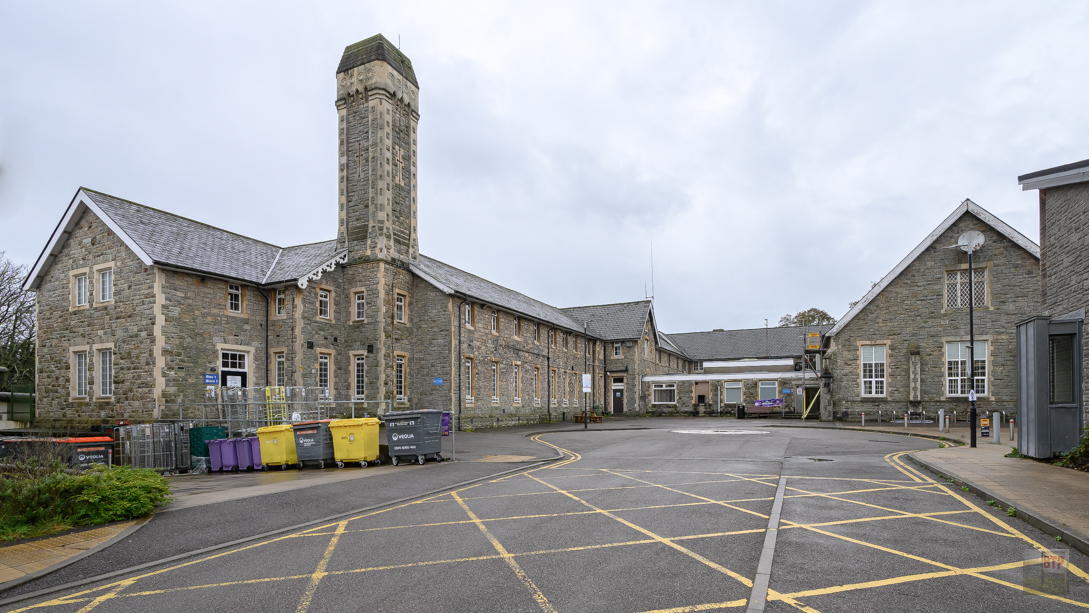

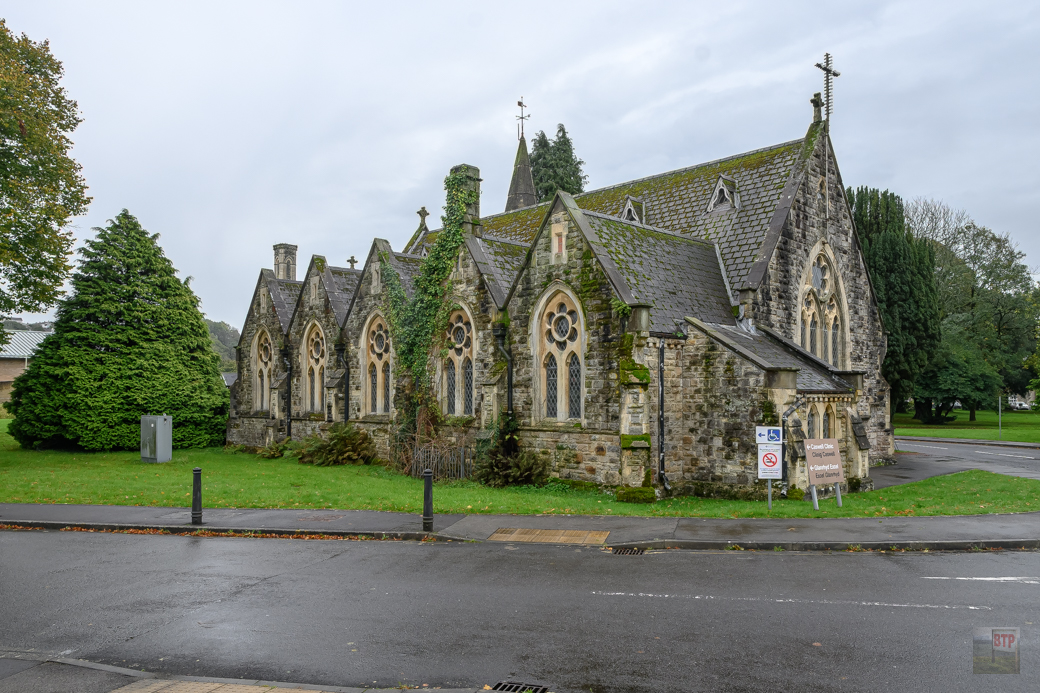
Carmarthenshire, Cardigan & Pembrokeshire County Asylum
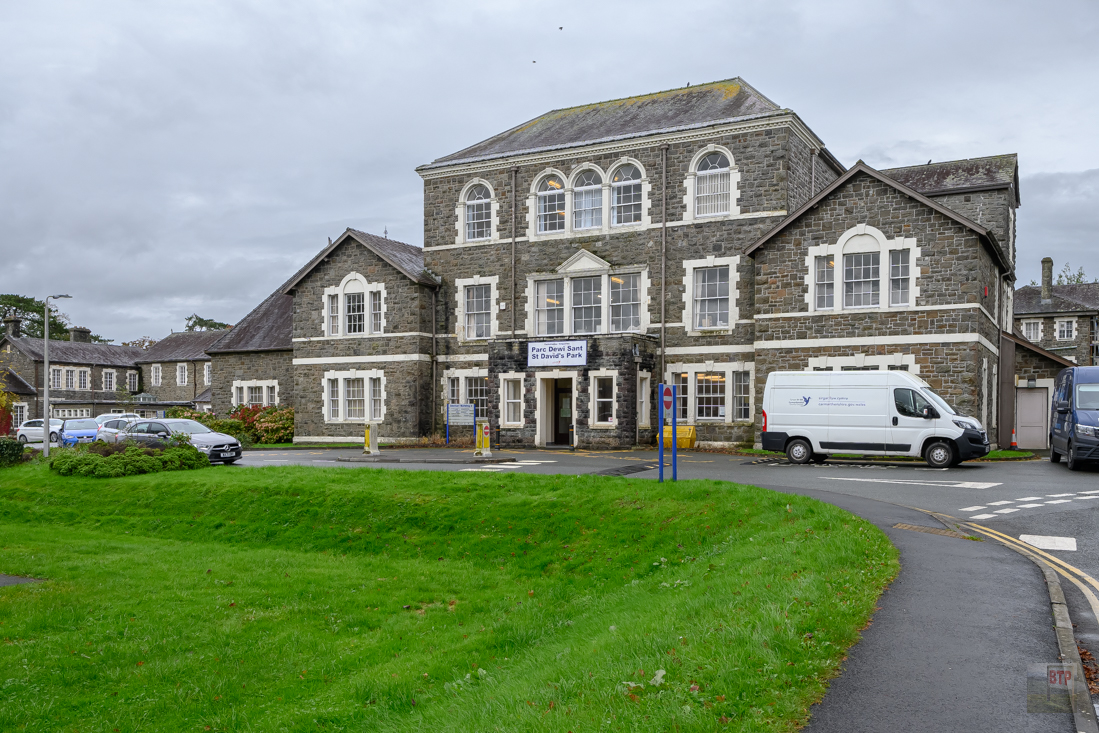
Also known as St David’s, the hospital opened as the Carmarthenshire, Cardigan and Pembrokeshire County Asylum in 1865, with room for 212 patients. Architect David Brandon designed the three-storey building in an Italianate style, following the corridor layout. Various new buildings were added after the asylum opened but most notably a 500-seat chapel was built by asylum inmates between 1883 and 1889, funded by private patients.
By 1929, the asylum was known as the Joint Counties Mental Hospital and, in 1948, it became St David’s Hospital. By the early 1970’s, the capacity had increased to 940 beds.
In the early 2000s, a government report heavily criticised the standards of accommodation and care at the hospital following the death of a patient in 1999. In 2003 most patients had moved to new buildings on the site and Carmarthenshire Council purchased the old buildings for £3 million.
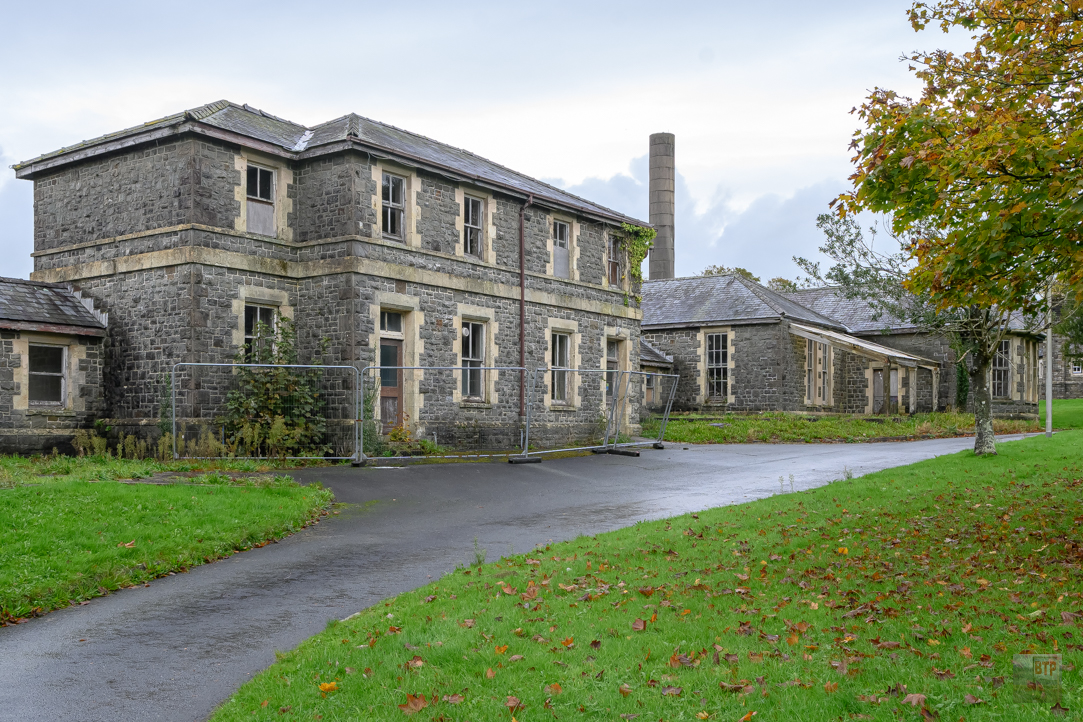
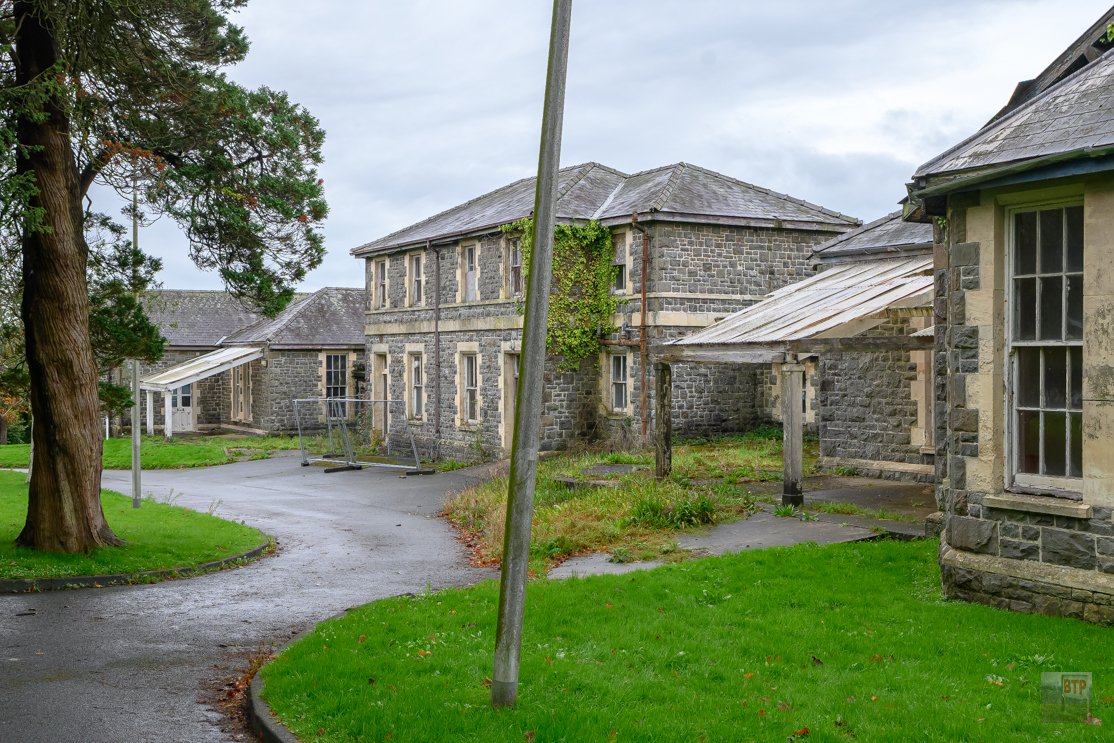
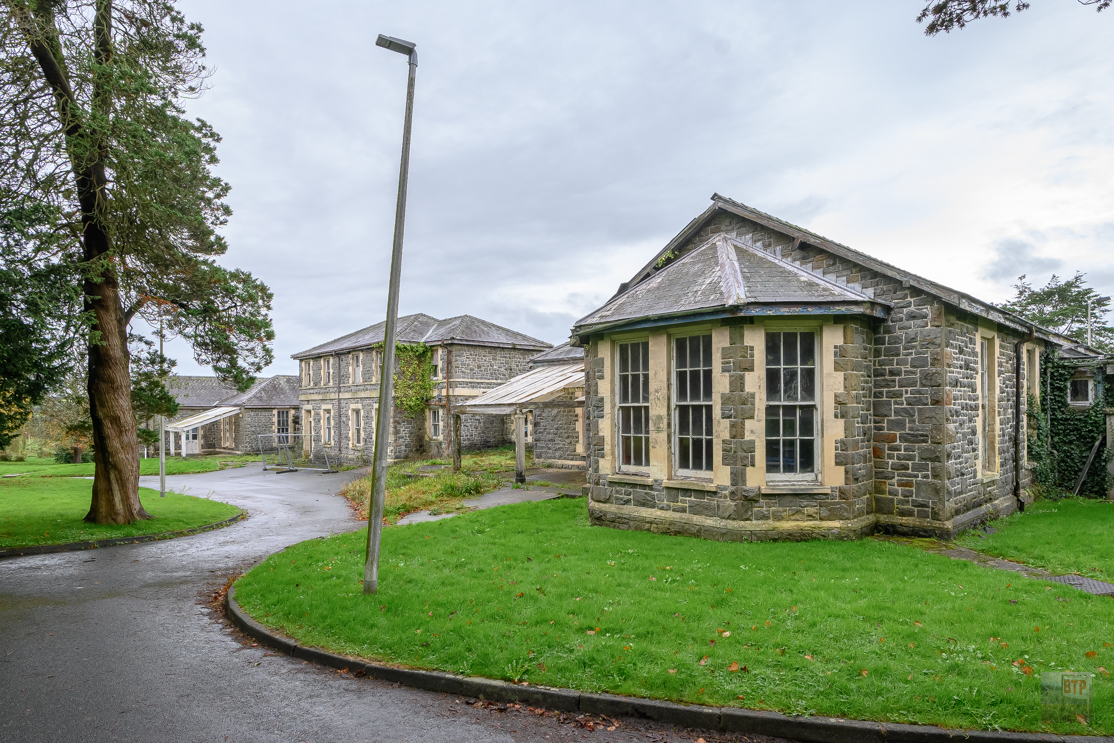
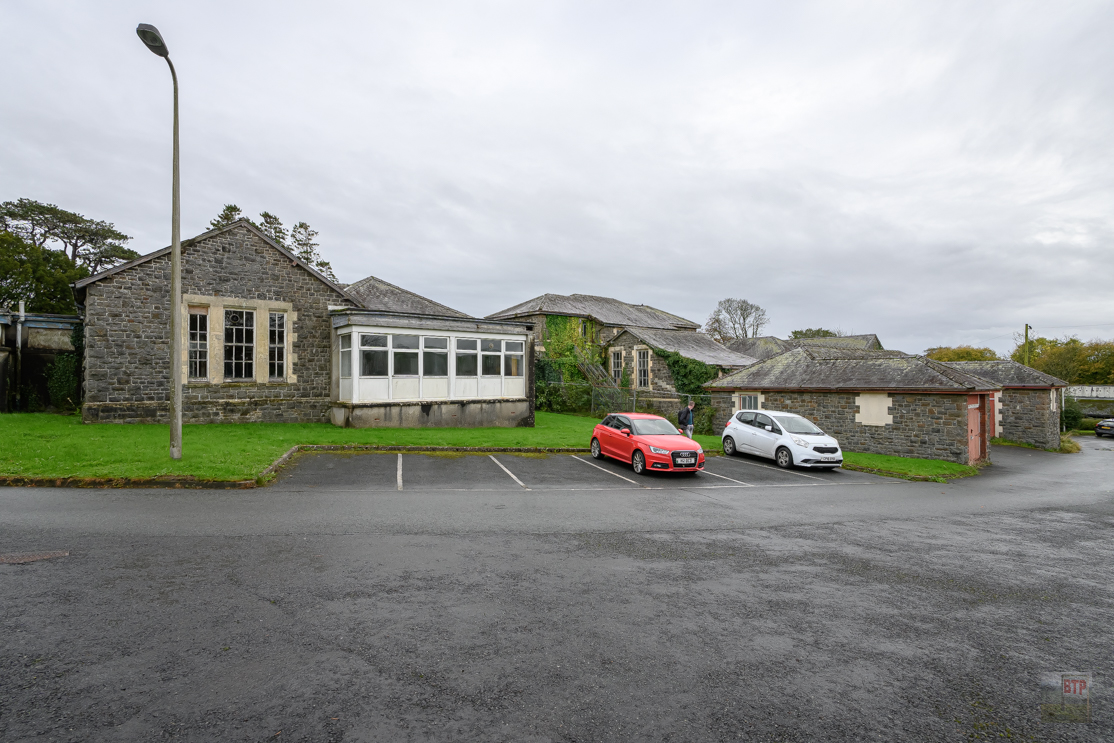
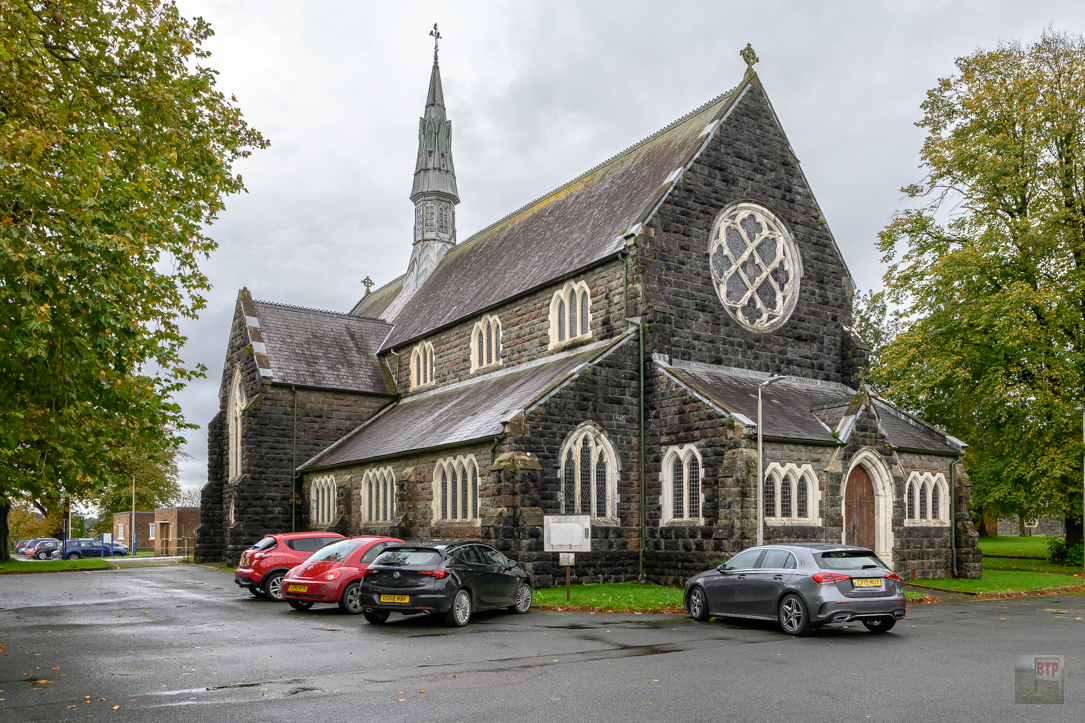
Sources: Wikipedia, BBC News, NHS Wales

